O’Leano State Park, High Springs, Florida
The sons of Noah who came out of the ark were Shem, Ham and Japheth. (Ham was the father of Canaan.) These were the three sons of Noah, and from them came the people who were scattered over the earth. ~ Genesis 9:18-19
(FYI – Shem was the father of the Semites aka Hebrews aka Jews. That’s where the term anti-Semitism comes from. Japheth fathered the Greeks, Russians, etc. Ham was the father of the Philistines, North Africa, southwestern Asia aka Middle East)
We entered Gator territory today in Gainesville, Florida.

When we were searching for things to do in the area, we came across information about two museums and bats on the University of Florida campus. We set out on the 30-minute drive to check it all out.
Unfortunately, we were unable to even consider looking at bats today, because we learned they don’t come out when the nights are cool, and tonight was supposed to be very cool. Here’s what we read about them on atlasobscura.com:
THE WORLD’S LARGEST OCCUPIED BAT houses are located on the campus of the University of Florida. Mostly populated by the Brazilian free-tailed bat, the bat house and barn are also home to Southeastern and Evening bats.
The original colony of bats was discovered after a fire destroyed Johnson Hall in 1987. The nearly 5,000 bats who had lived there then took up residence at several campus stadium locations. Though the musky odor of the bats and rain of guano during evening games didn’t please fans, it wasn’t until Governor Bob Martinez complained of the odor while attending an athletic event at Griffin Stadium that university officials decided something had to be done.
The first bat house was constructed in 1991. The stadiums were fitted with bat excluders, which allowed the bats to leave but not to return to roost. At first try, approximately 3,000 bats were caught in cages and relocated to the newly built bat house. Most left after only a night or two. In 1995, after years of using excluders at various campus locations and a variety of techniques to get the bats to stay at the house, it was discovered that what had been a small colony of mostly males bats had switched to a large colony of mostly females. Since then, the population has continued to increase. A second structure, the bat barn, was constructed in 2010.
The current population, estimated to be 300,000 bats, consumes more than two tons of insects a night. Observers are encouraged to come on warm, calm nights to watch the 10-20 minute show as the skies cloud with bats. Viewers are warned that the bats often dip low to gather insects that have been attracted by carbon dioxide-laced exhalations … and to beware of falling urine and guano.

Seeing something like this is on our bucket list! How awesome would that be?!?
Their Museum of Natural History and Art Museum are next to each other and are free, except for the $4 parking fee. We found everything to be well done and clean. The history museum focused a lot on the people who used to be found in Florida, and also skeletons (including, but not limited to, dinosaurs!) – both real and man-made to make up the exhibits. Interesting history on the Calusa people.

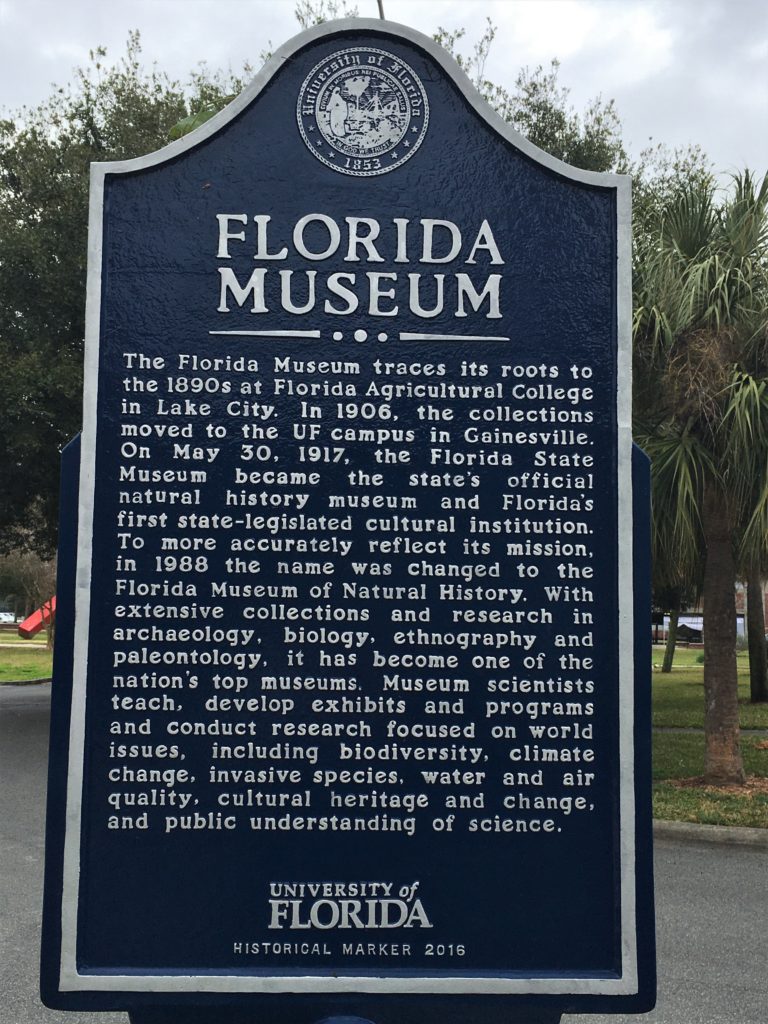

Well, that, and a really nice security guard. : )
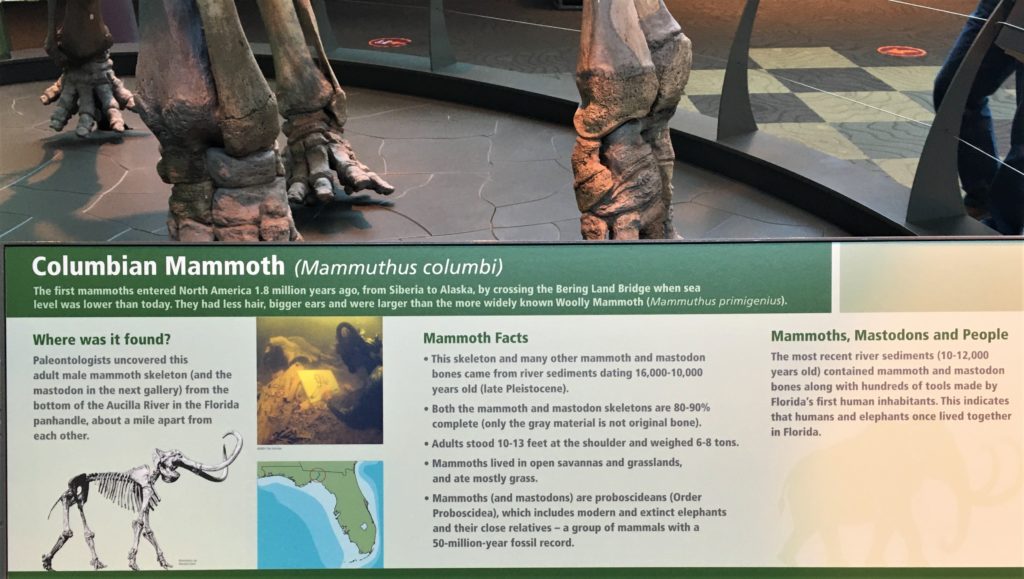

complete with artificial bats, stalactites, etc.
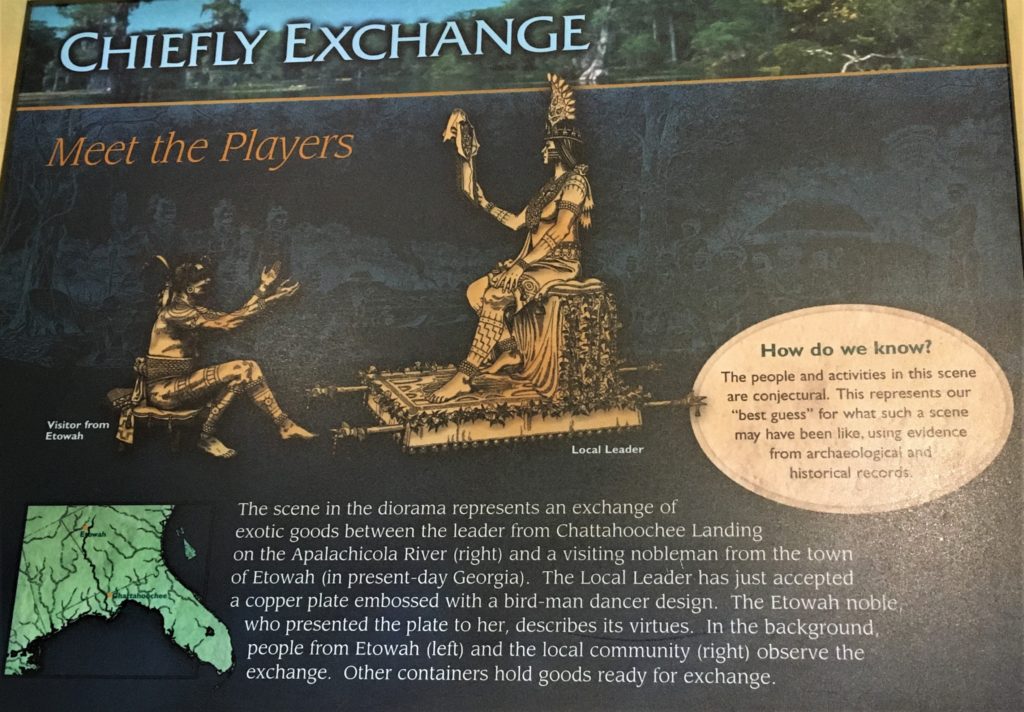
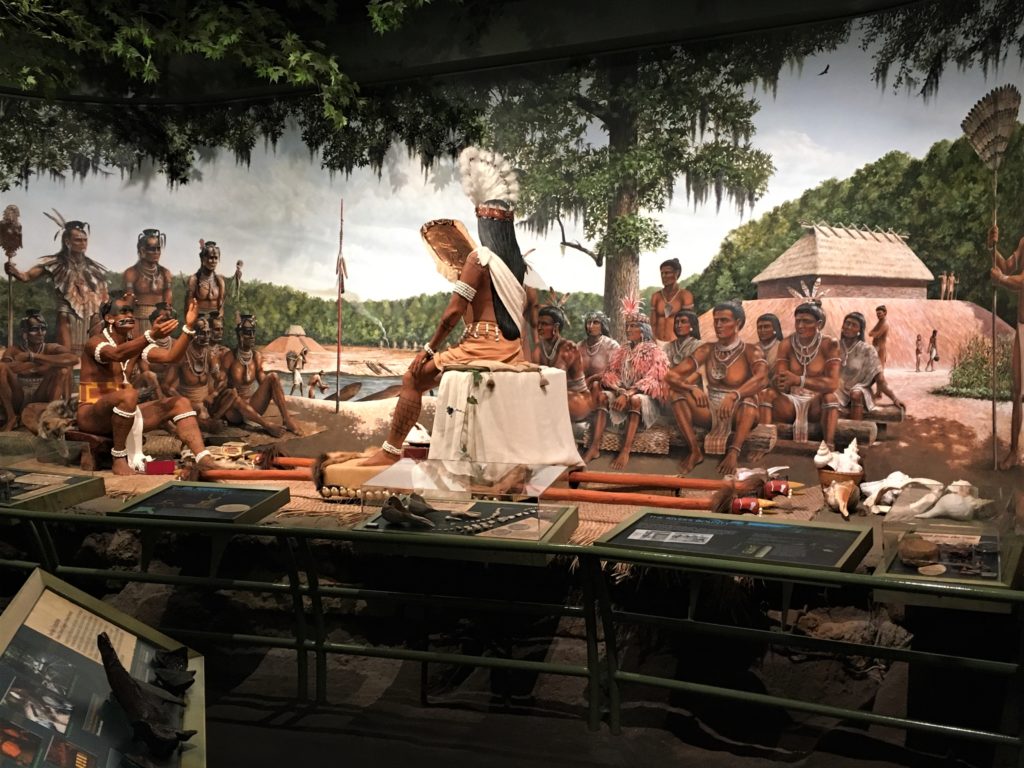

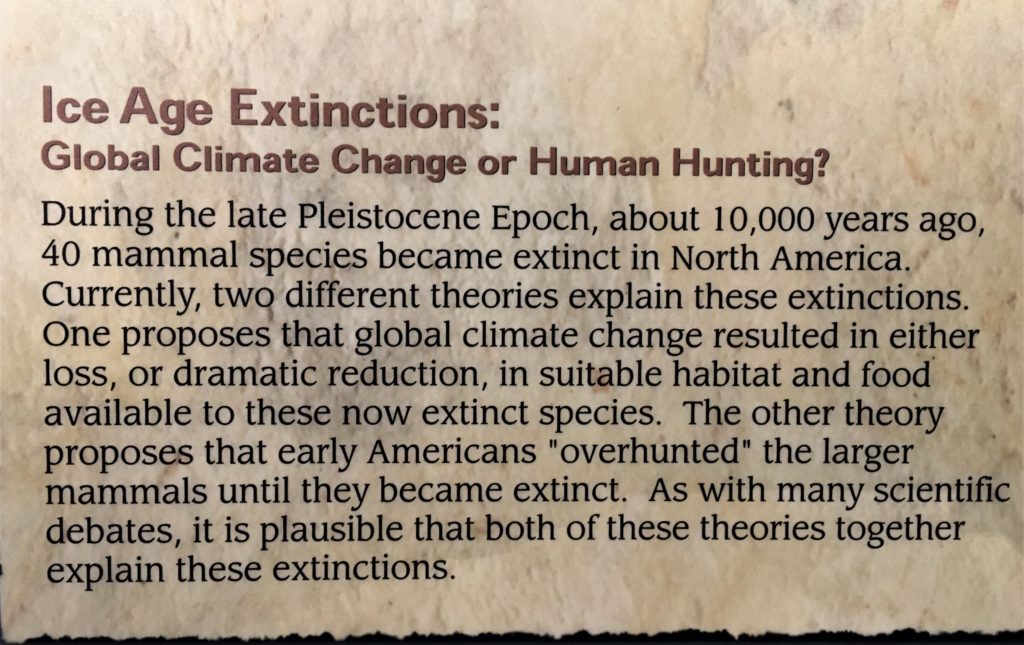
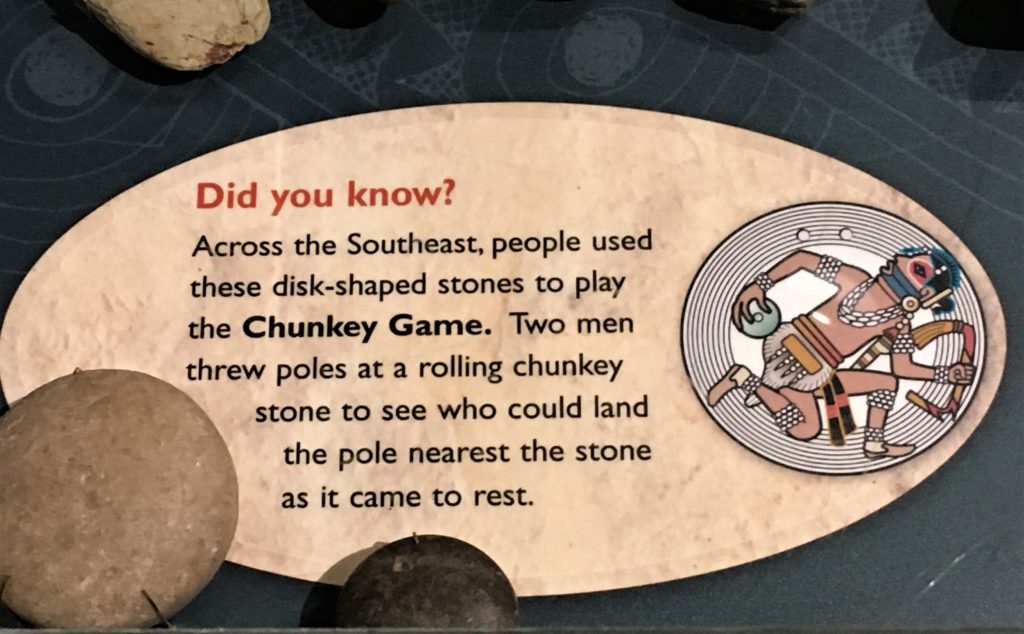
Sounds like it required a lot of skill!
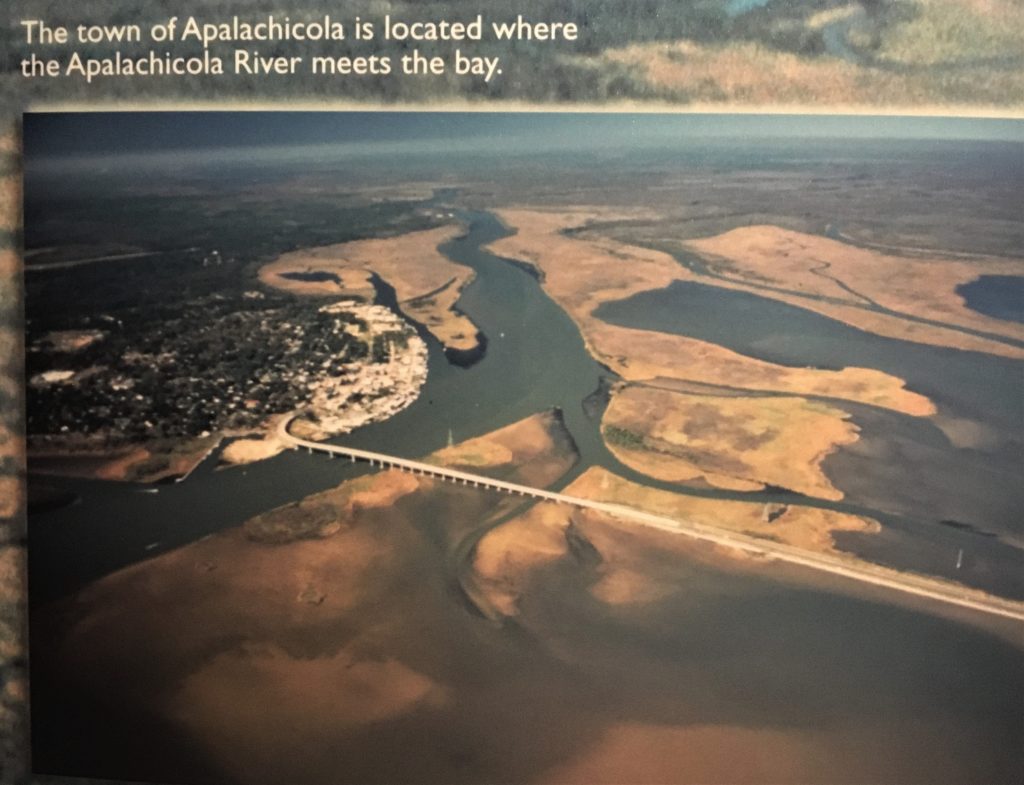

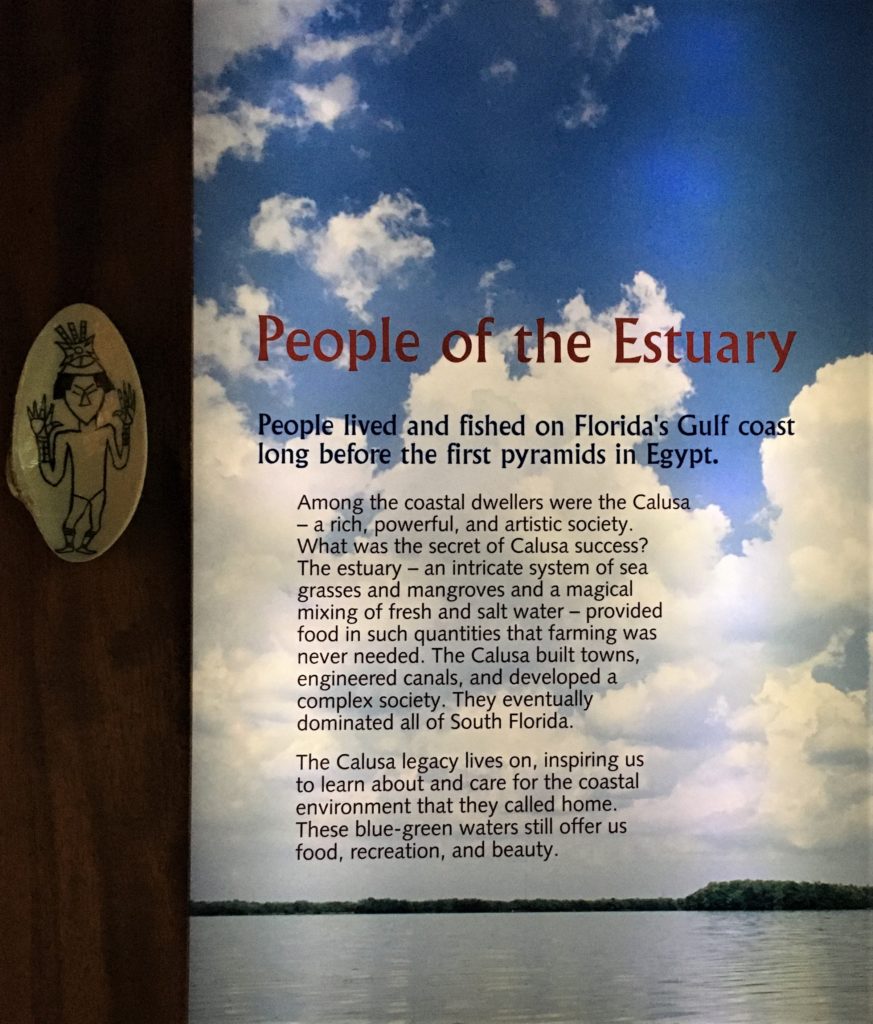

They had bird sounds piped in while you walked around and looked at the various kinds in their habitat. (everything artificial, of course)

We’ve never seen pelicans in a nest before, but we did see some in a tree once, which just seemed weird. : )

The drawers don’t have anything in them right now because of Covid. : (





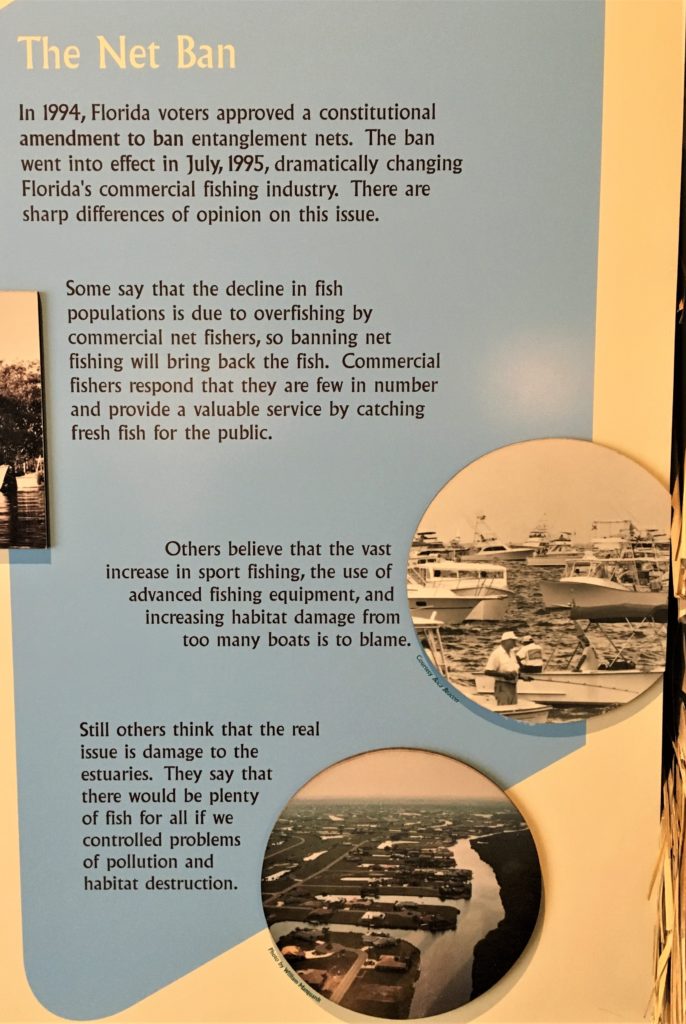

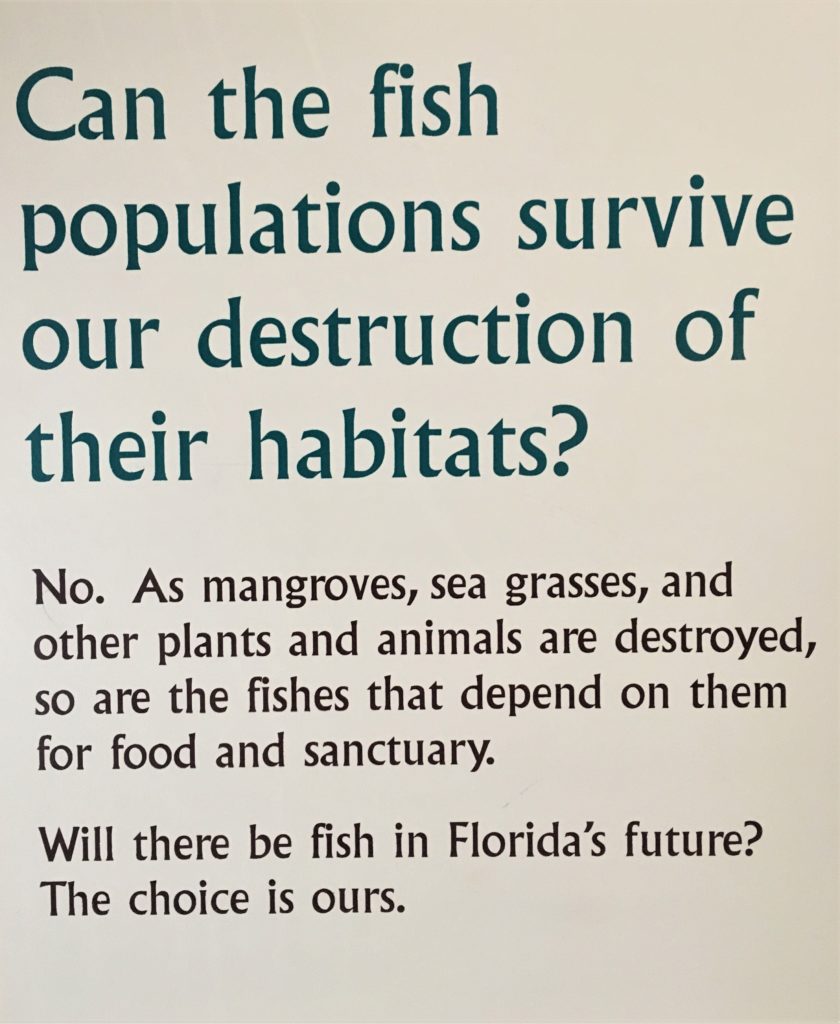
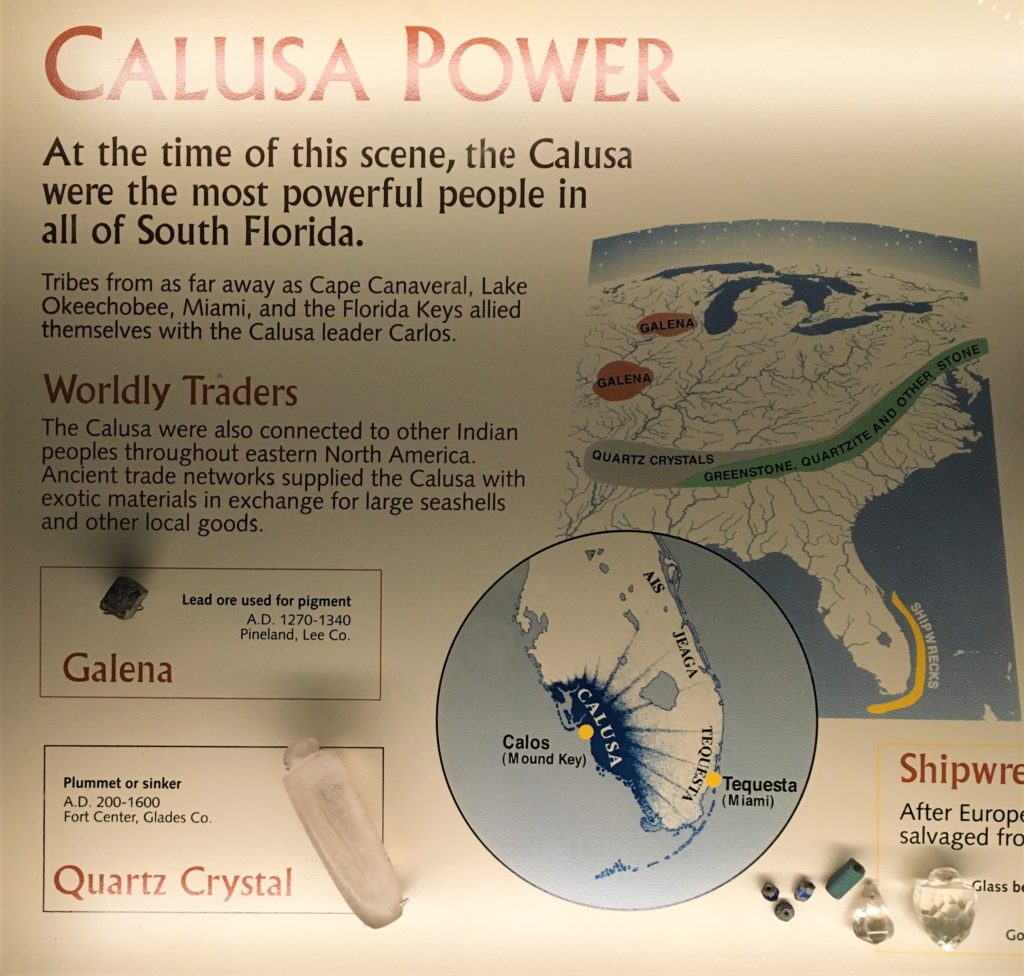



Wonder what they used?
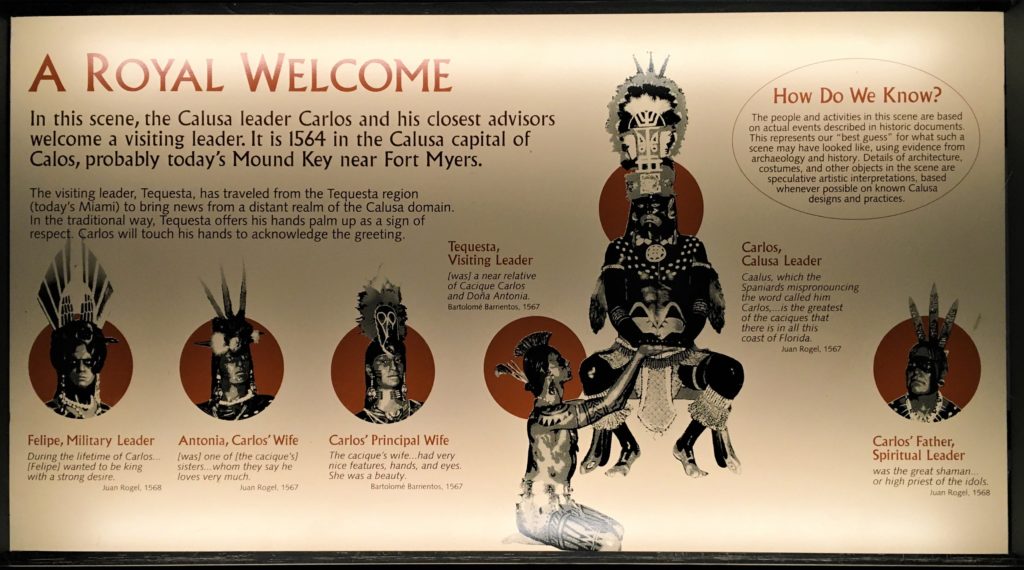
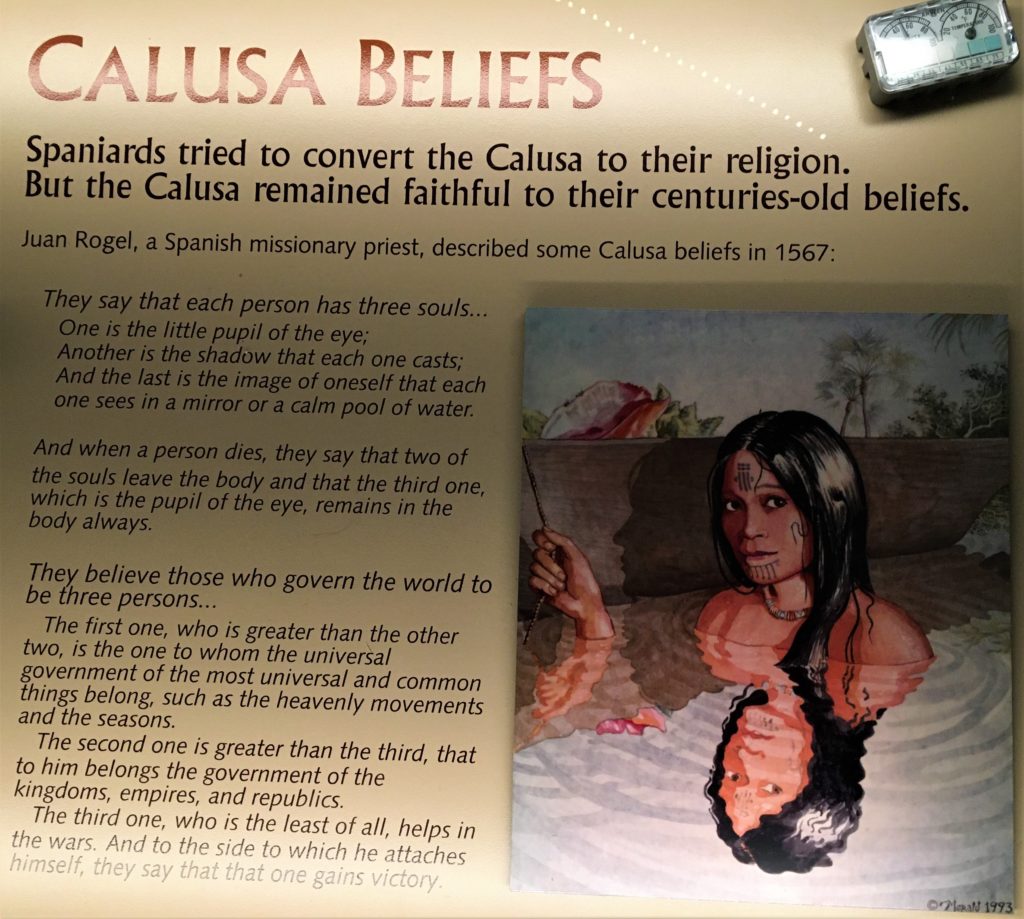
they still believed in three persons who governed the world. . . .
Things that make you go, hmmmmm . . . .
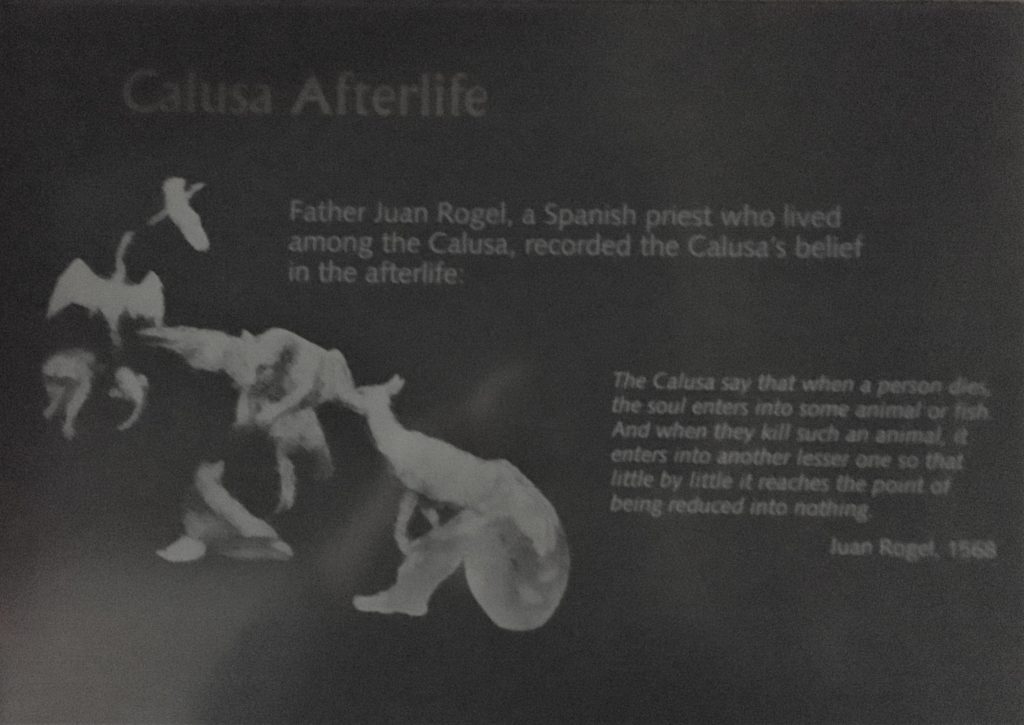
From what little I understand of either, it seems the opposite of what Buddhists believe.

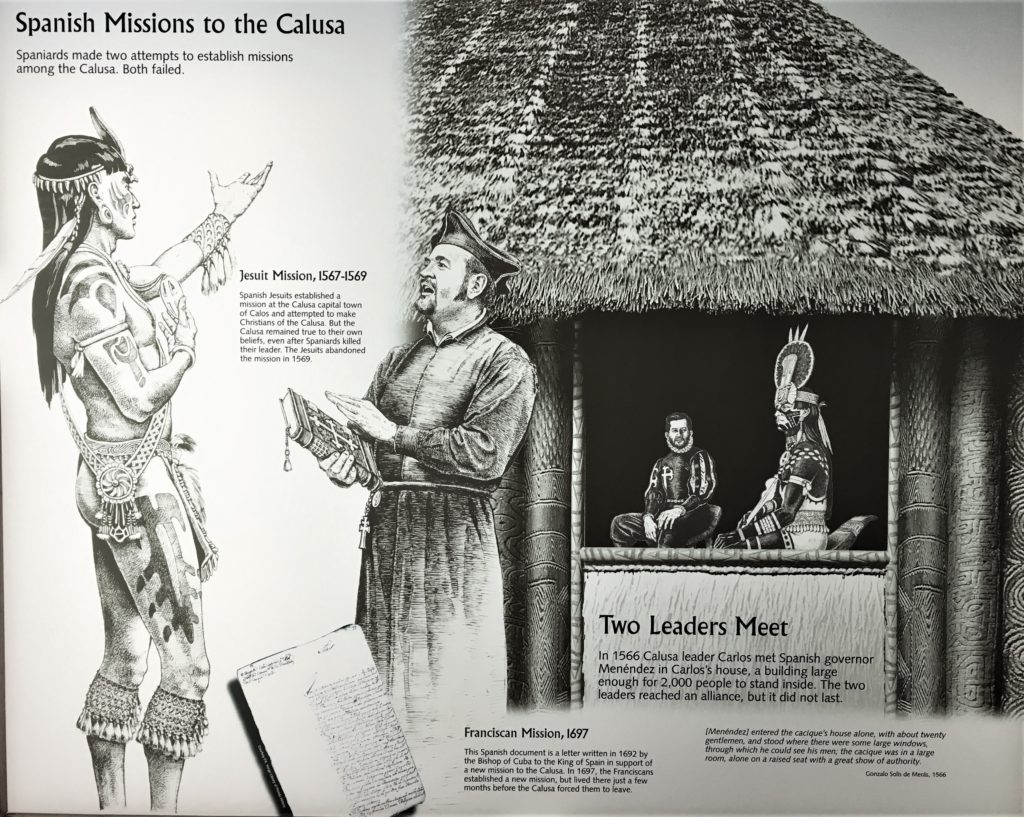


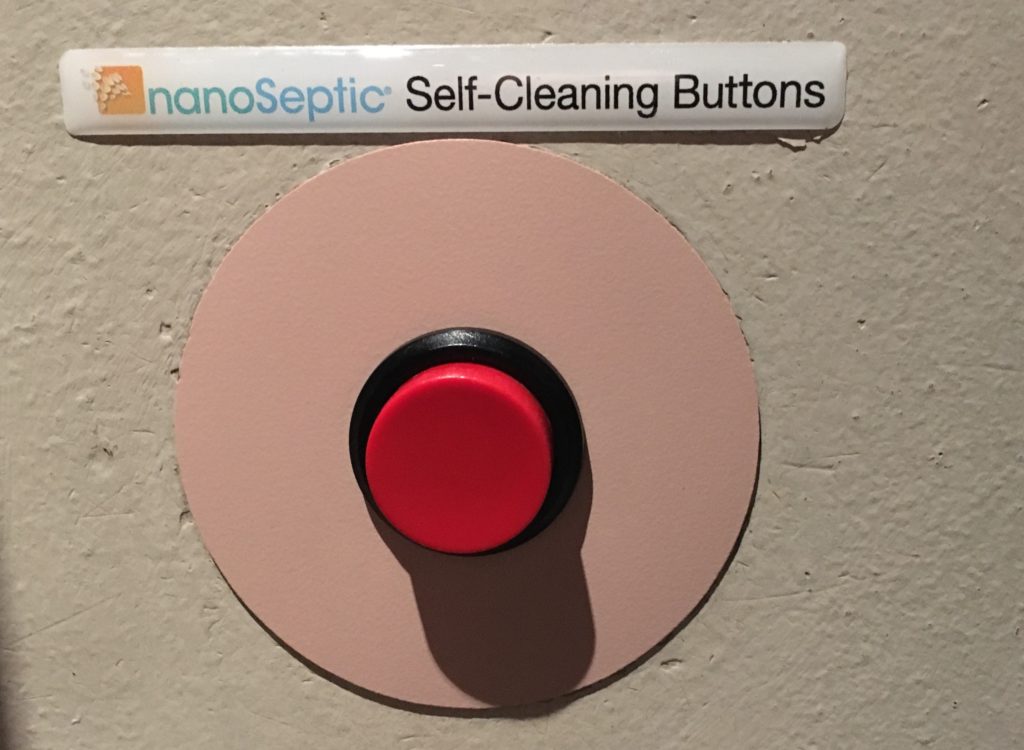
Just looks like a regular button to me.
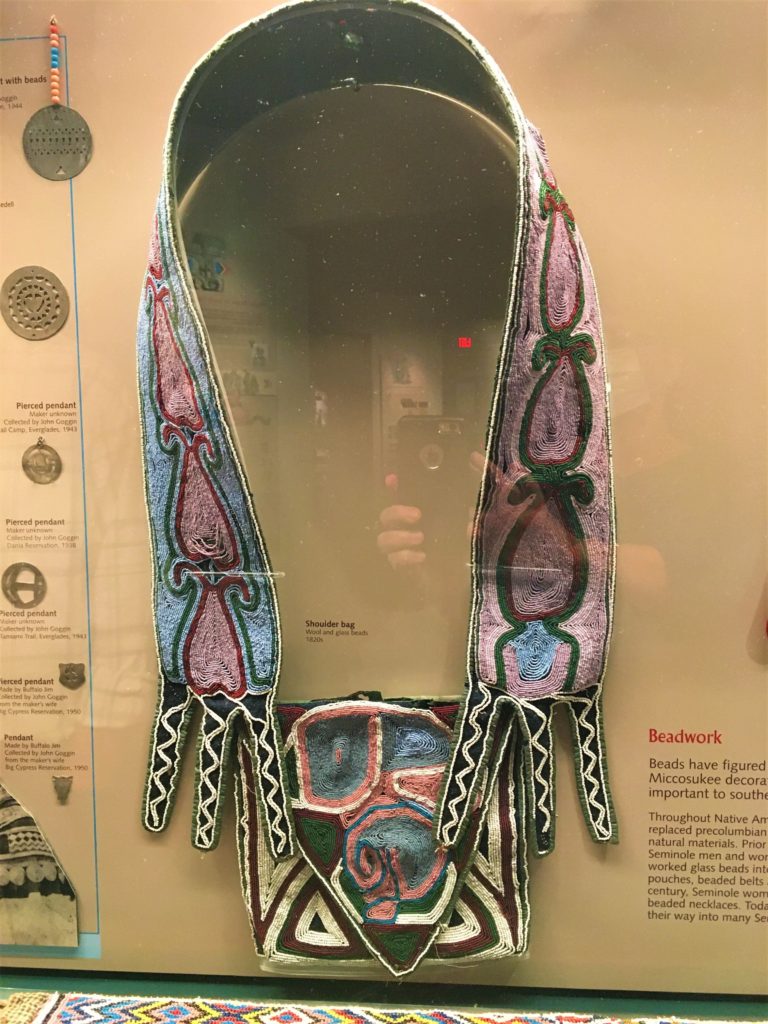
These were pretty! 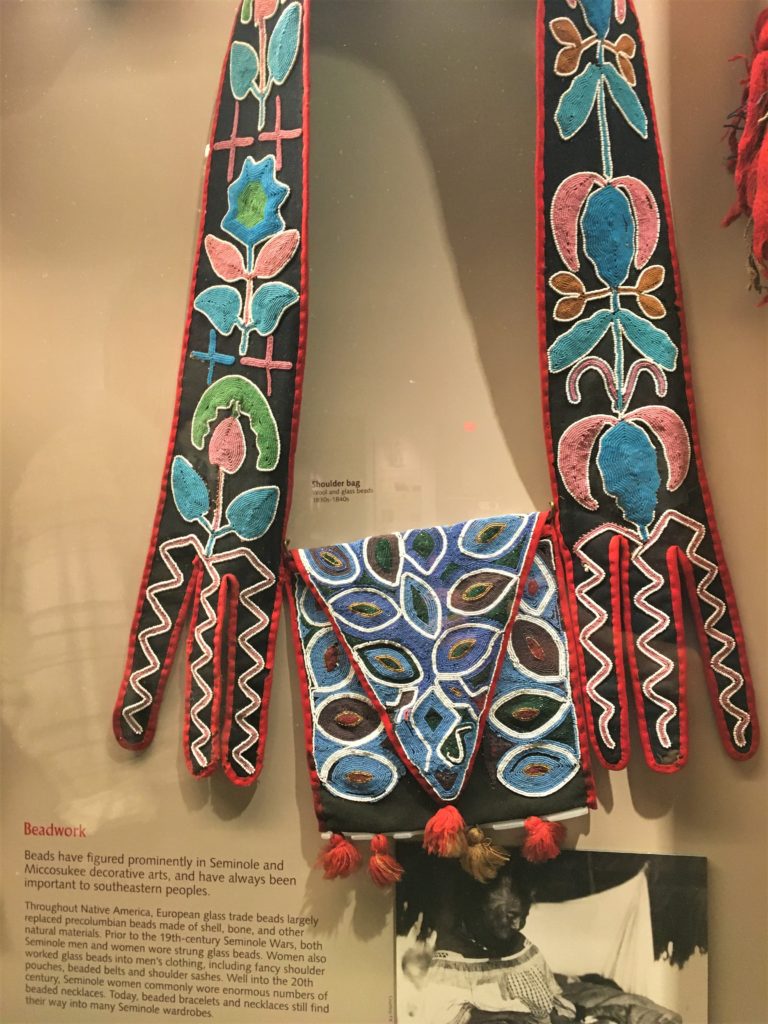
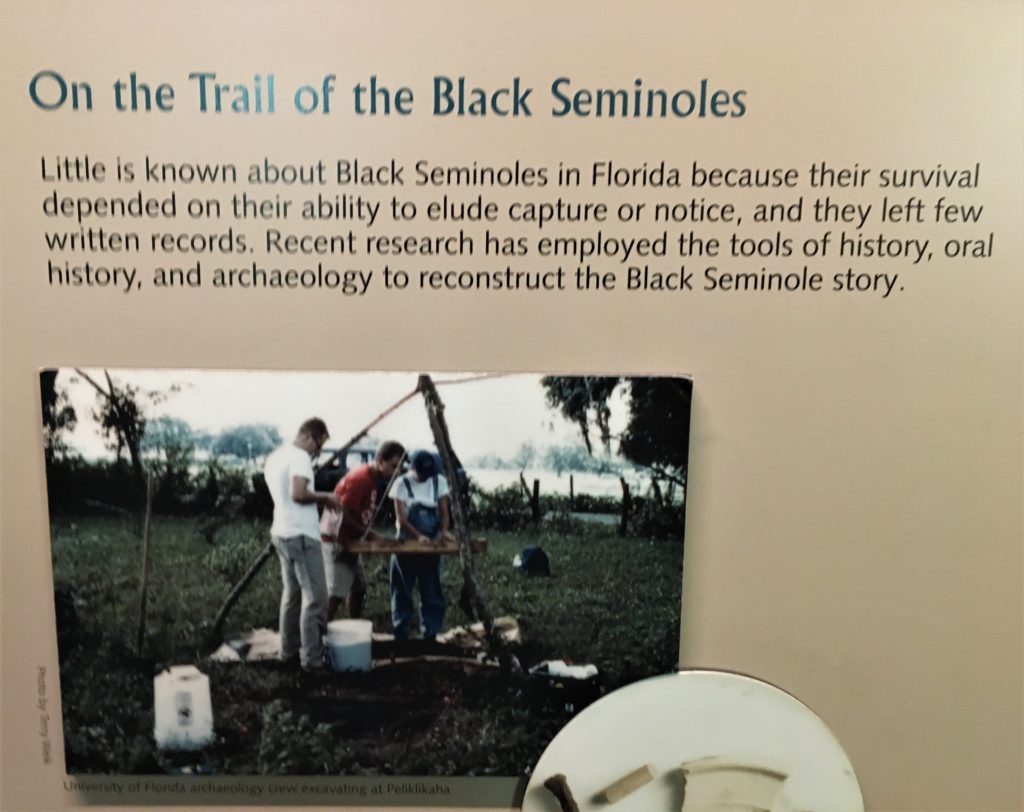
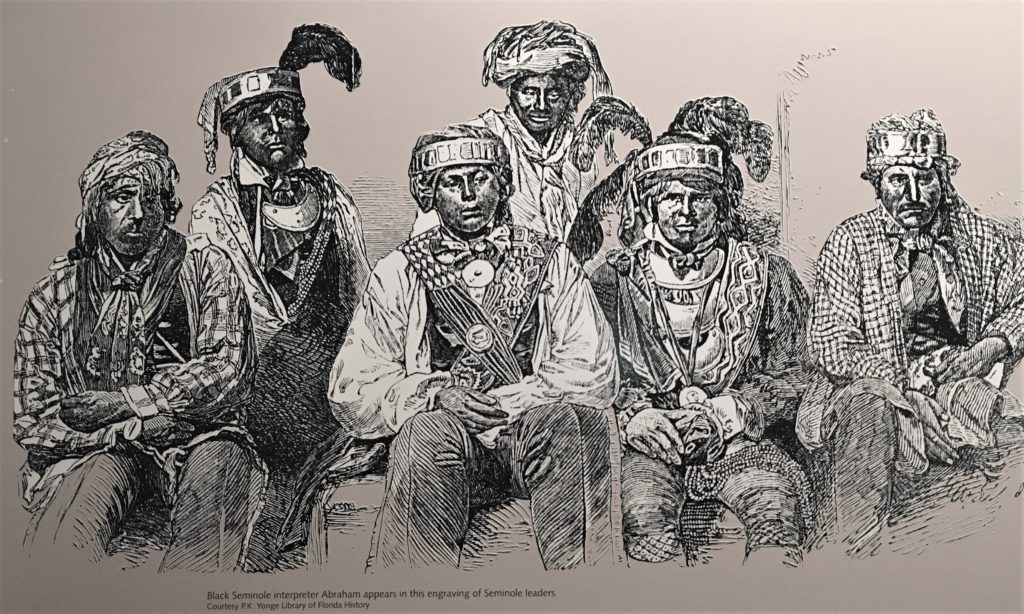
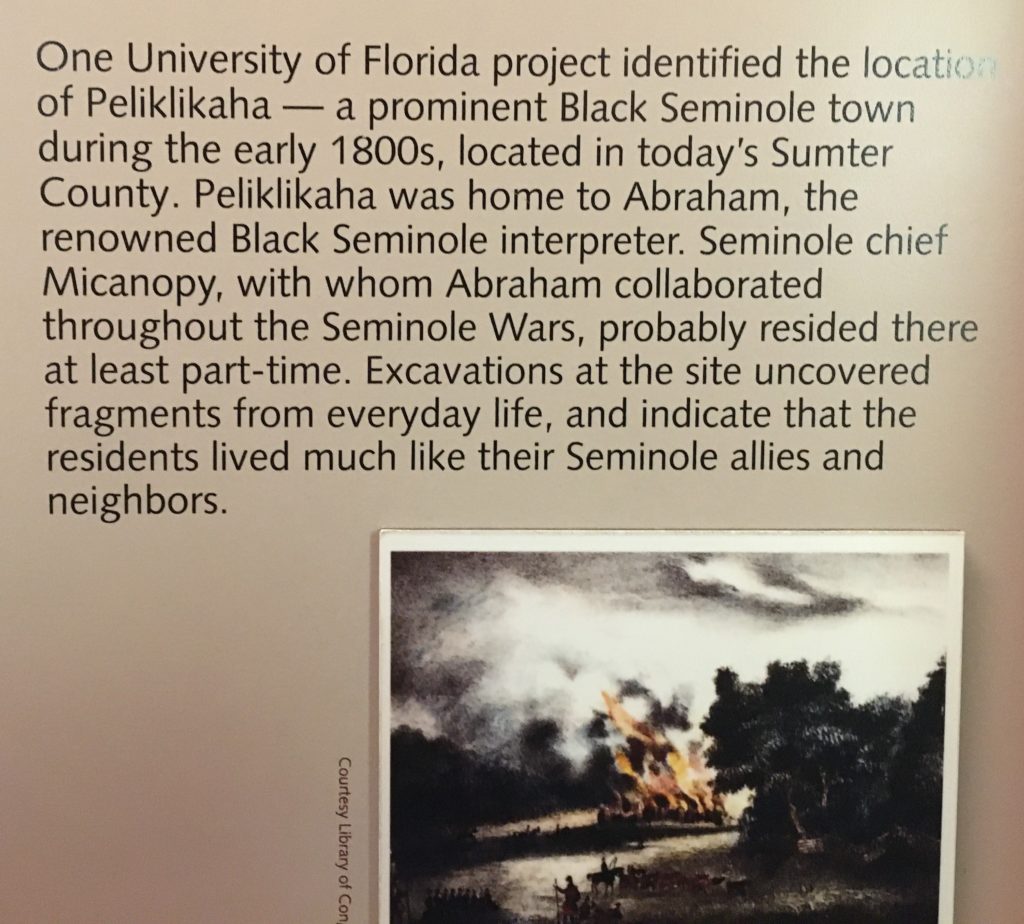


You should at least read the first sentence . . .
Remarkable!
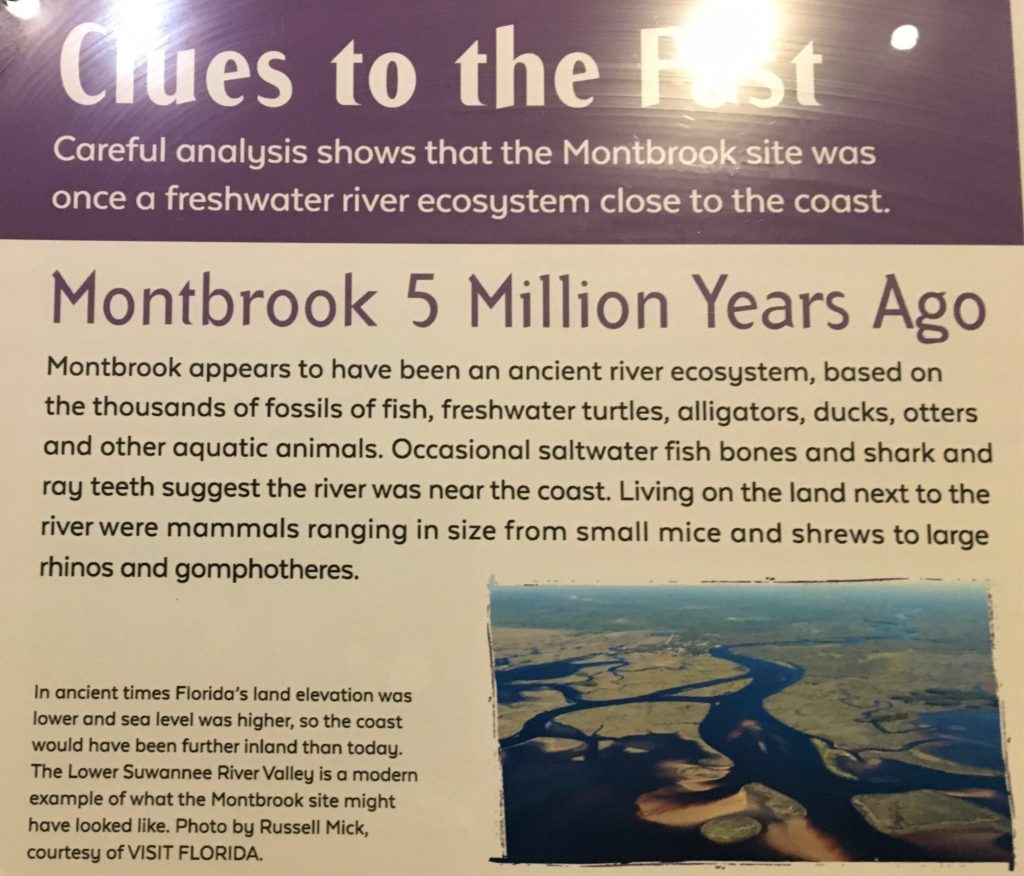
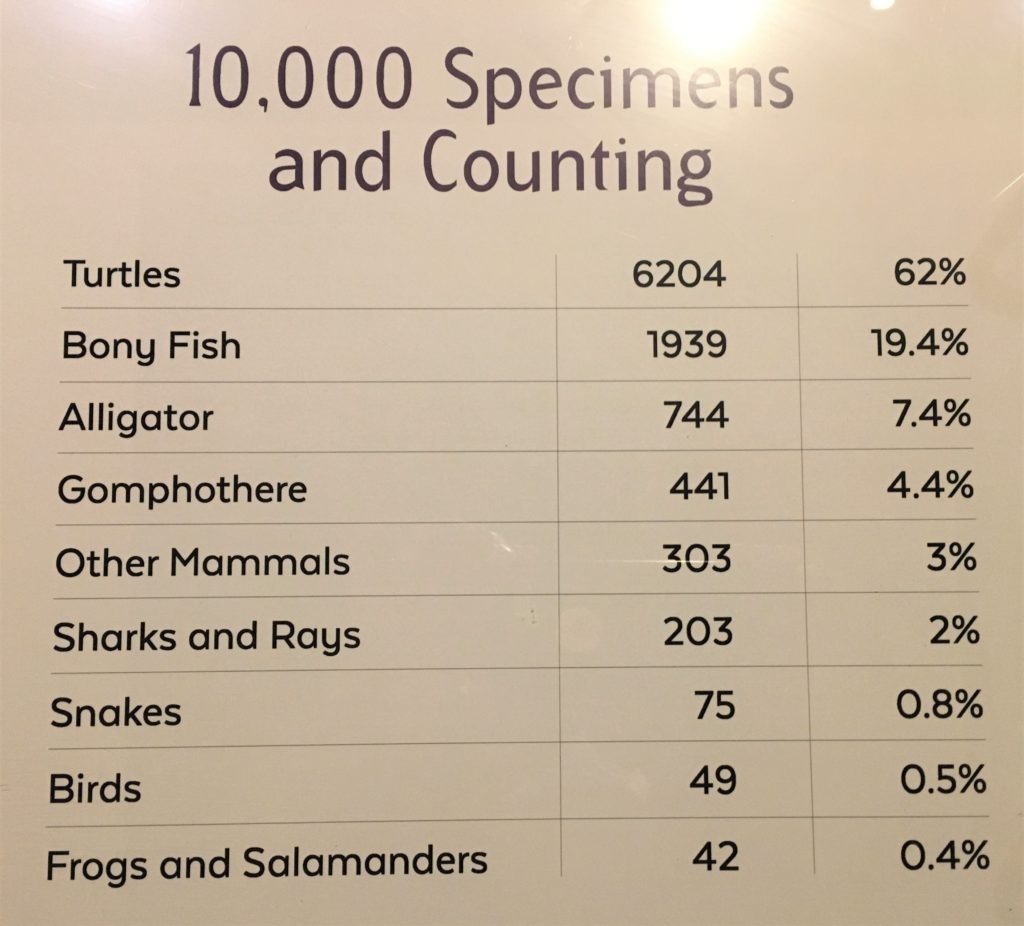


Gomphotheres are any members of the diverse, extinct taxonomic family Gomphotheriidae.
Gomphotheres were elephant-like proboscideans, but not belonging to the family Elephantidae.
They were widespread in North America during the Miocene and Pliocene epochs, 12–1.6 million years ago. Yeah. That helped a whole lot. Ancient elephants? Like Wooly Mammoths and Mastedons?
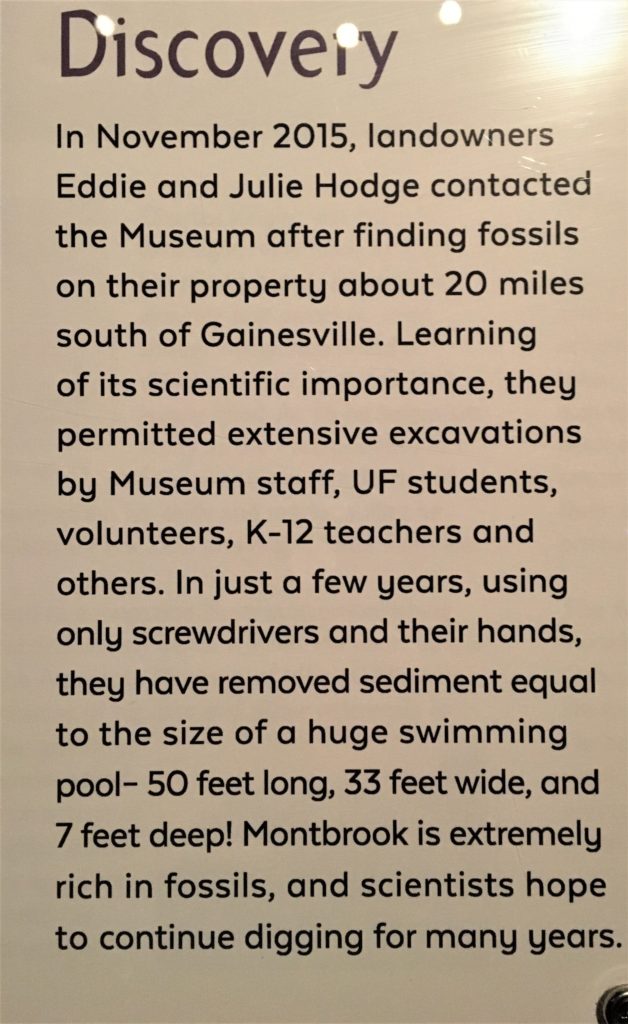
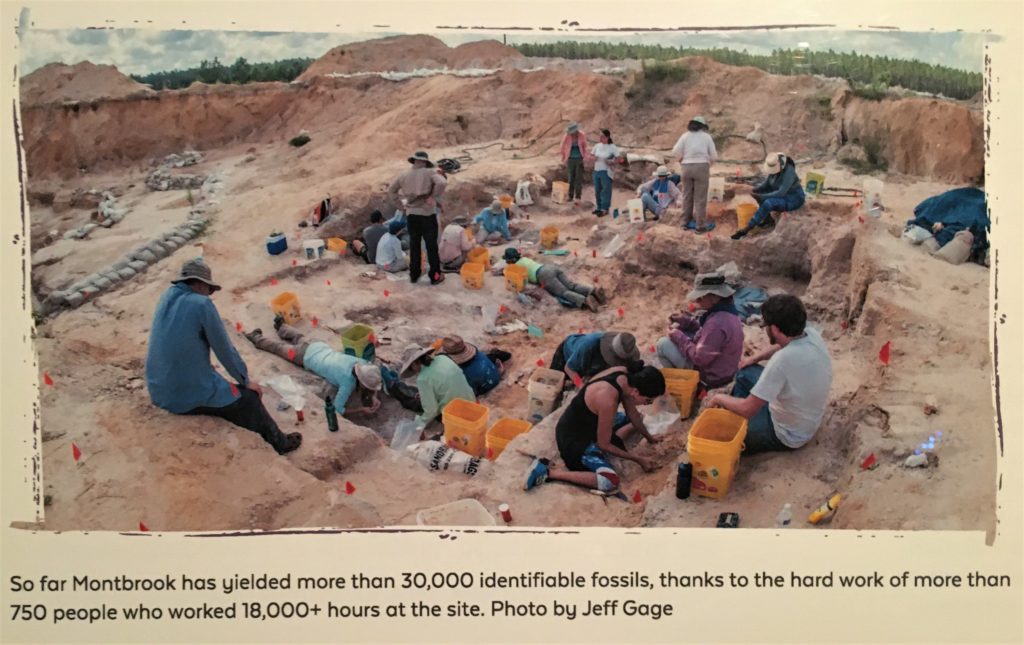
I think we’d get bored pretty quickly if we didn’t uncover something. : )
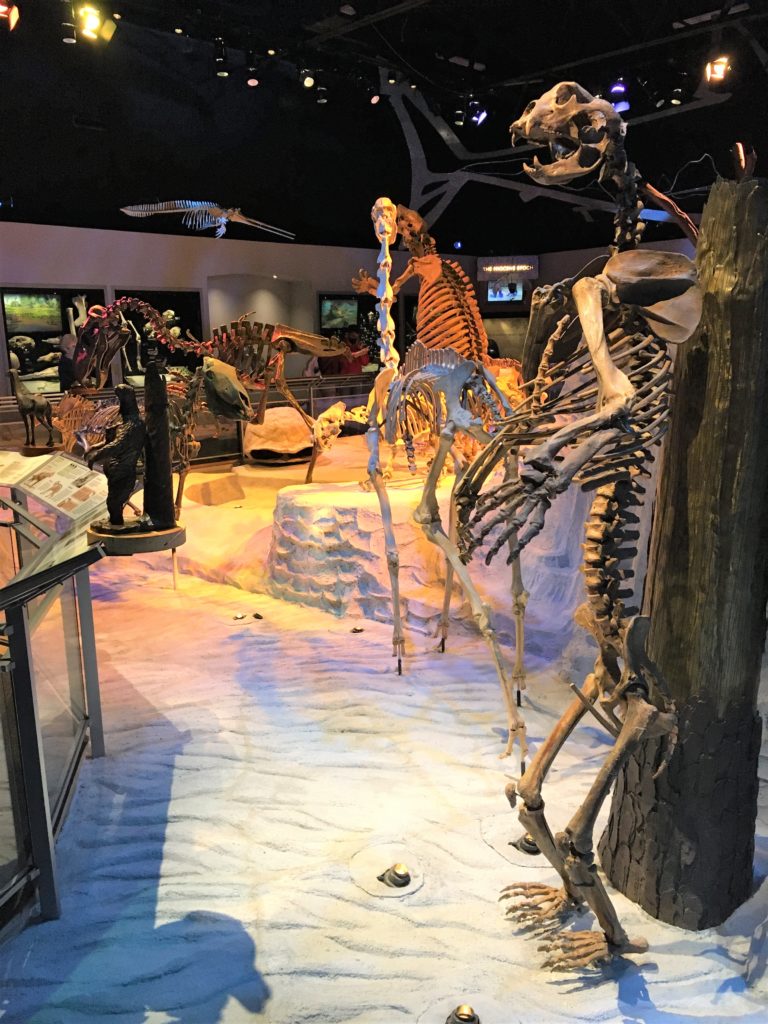

Here’s another one!
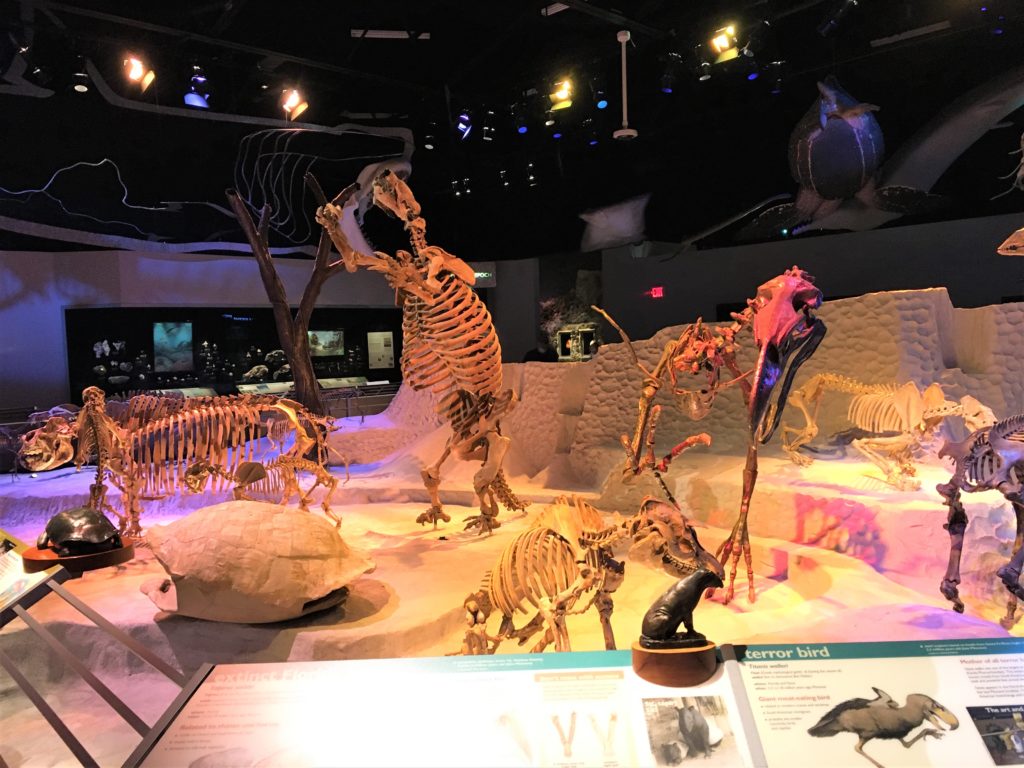

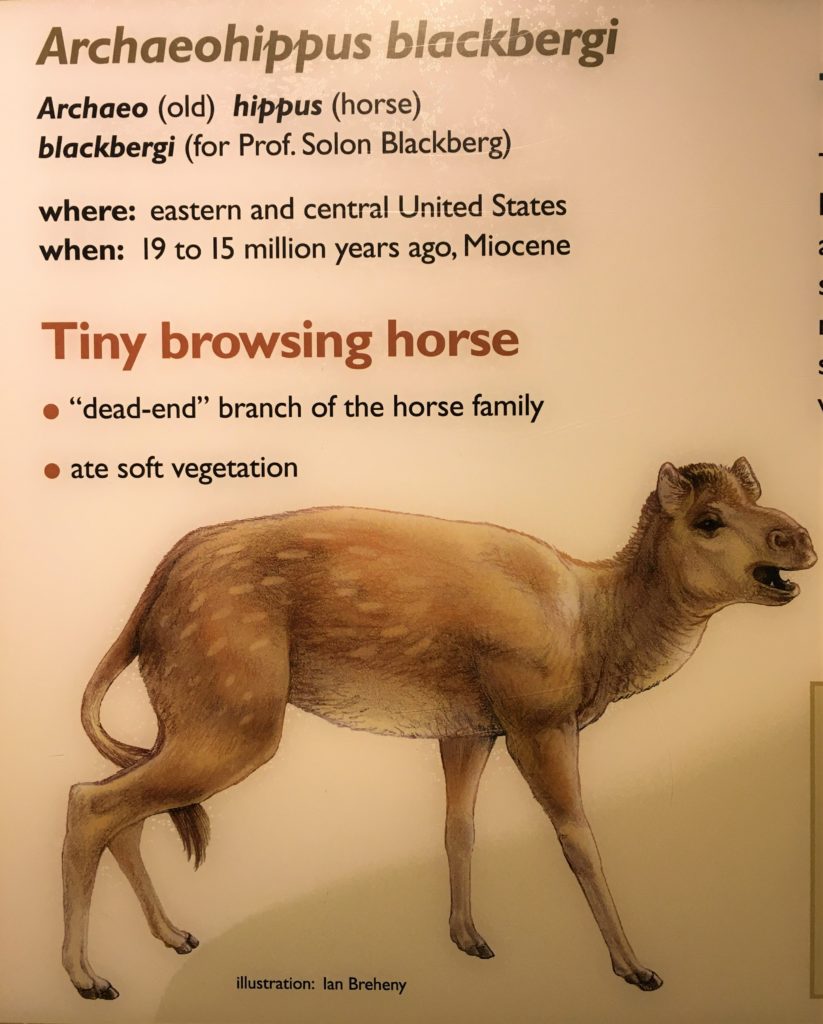
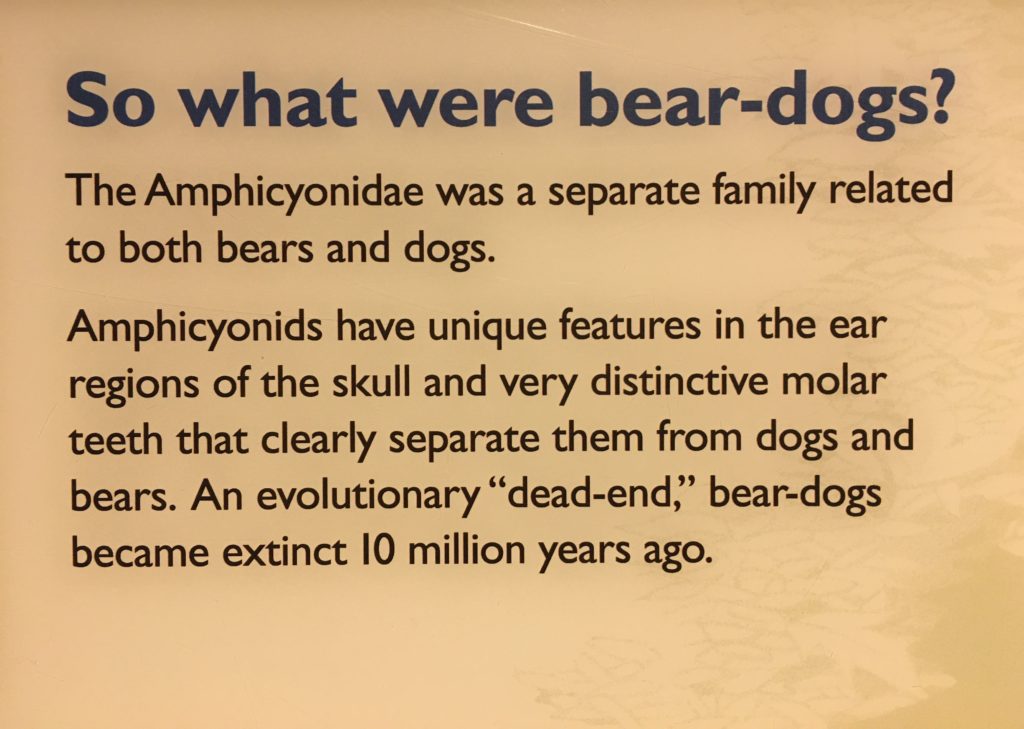
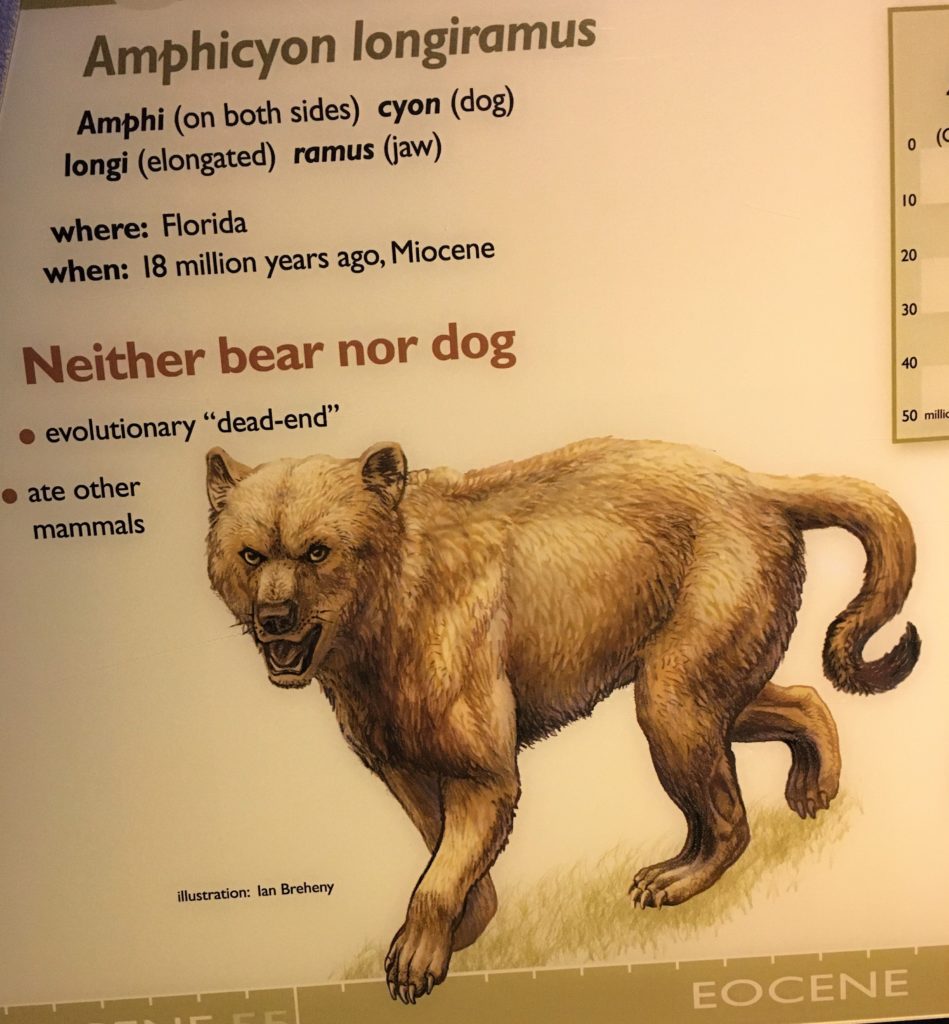
Disney’s Imagineers! lol!

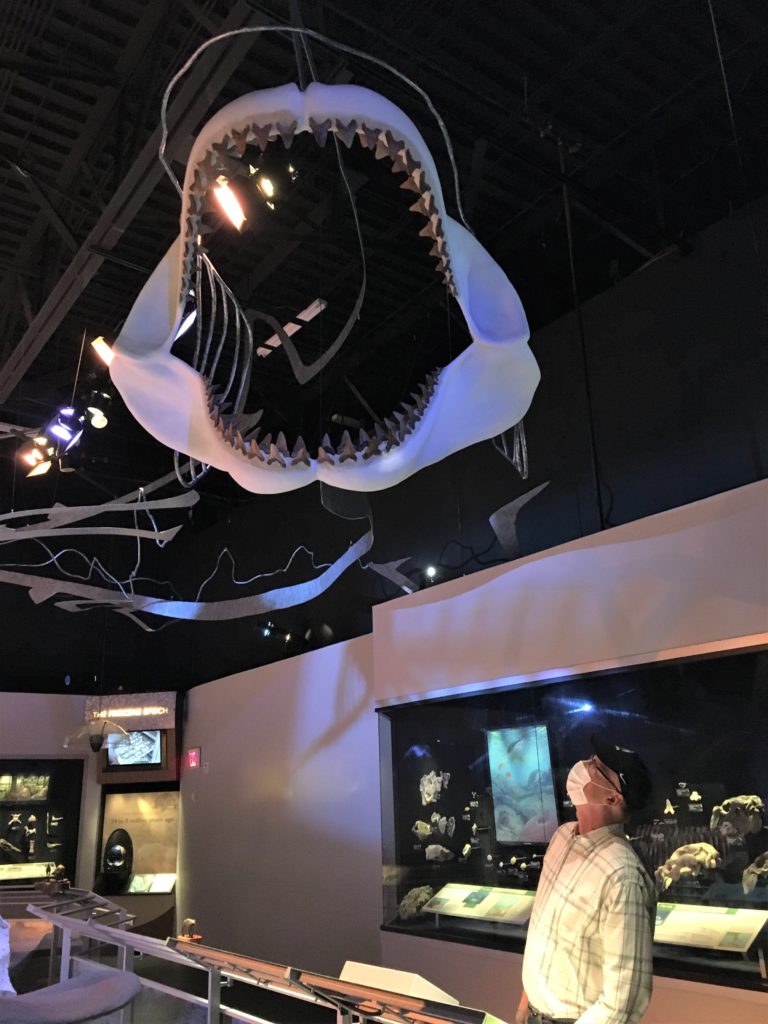

I didn’t get the title for a while . . . I’m a little slow sometimes. : )

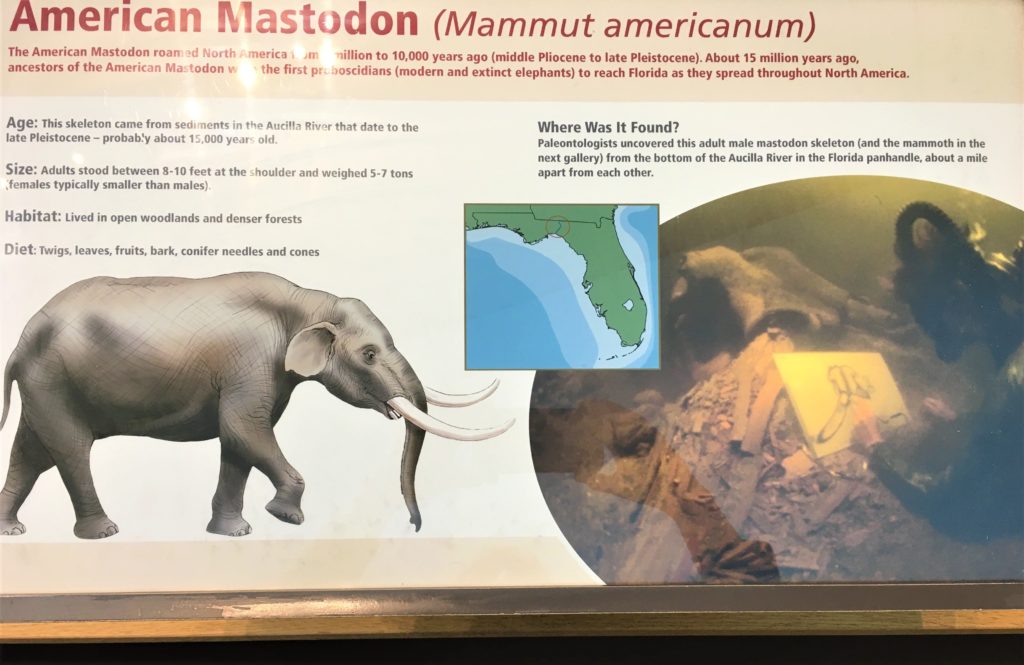



He was a really big boy!
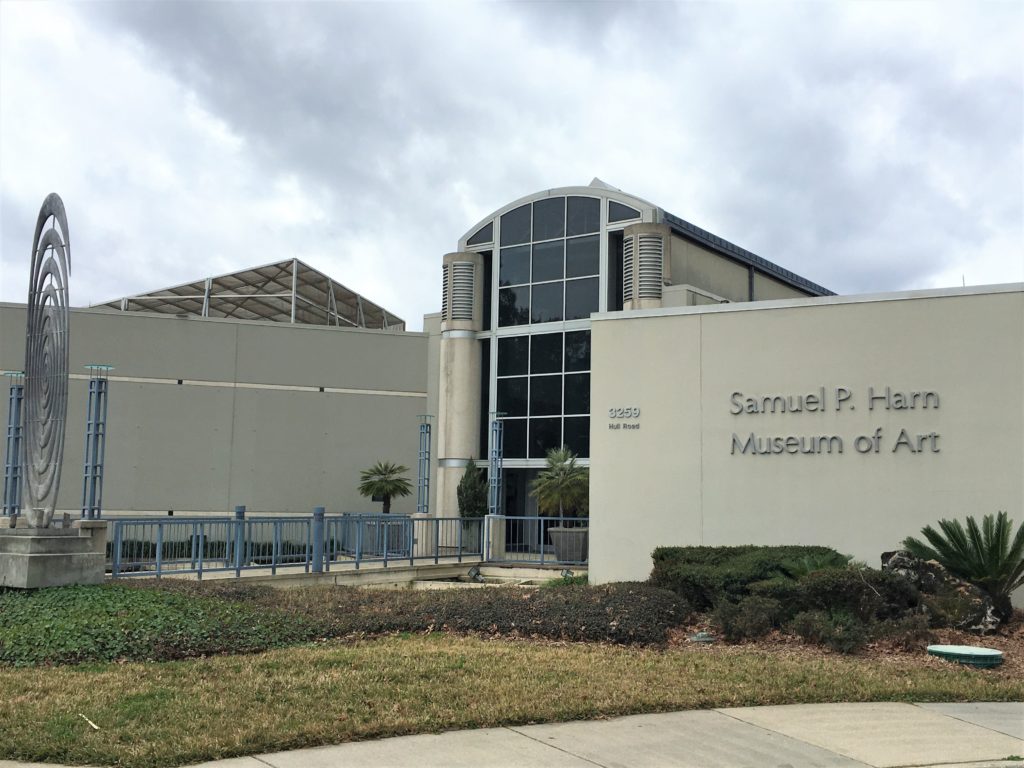
As with many art museums, there were some really strange pieces in here, and most of what wasn’t strange was Asian/Oriental or African in nature. I don’t recall any actual paintings, which we enjoy in an art museum, and not very many sculptures. Interesting though. You’ll see. Always makes us wonder who decides something is museum-worthy . . .



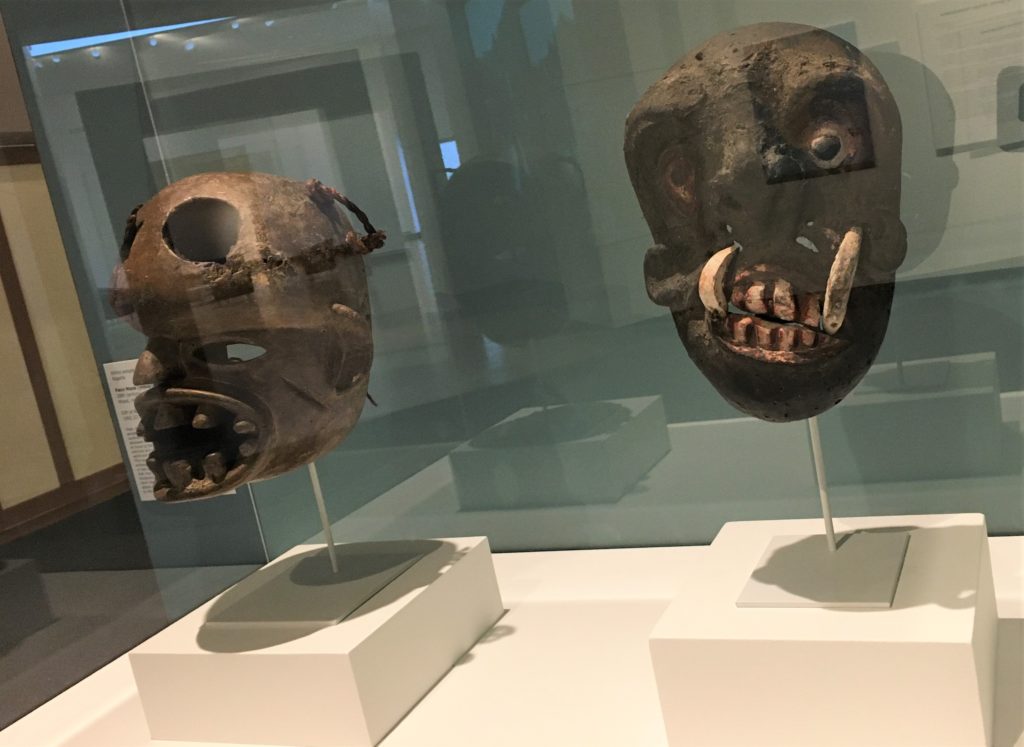
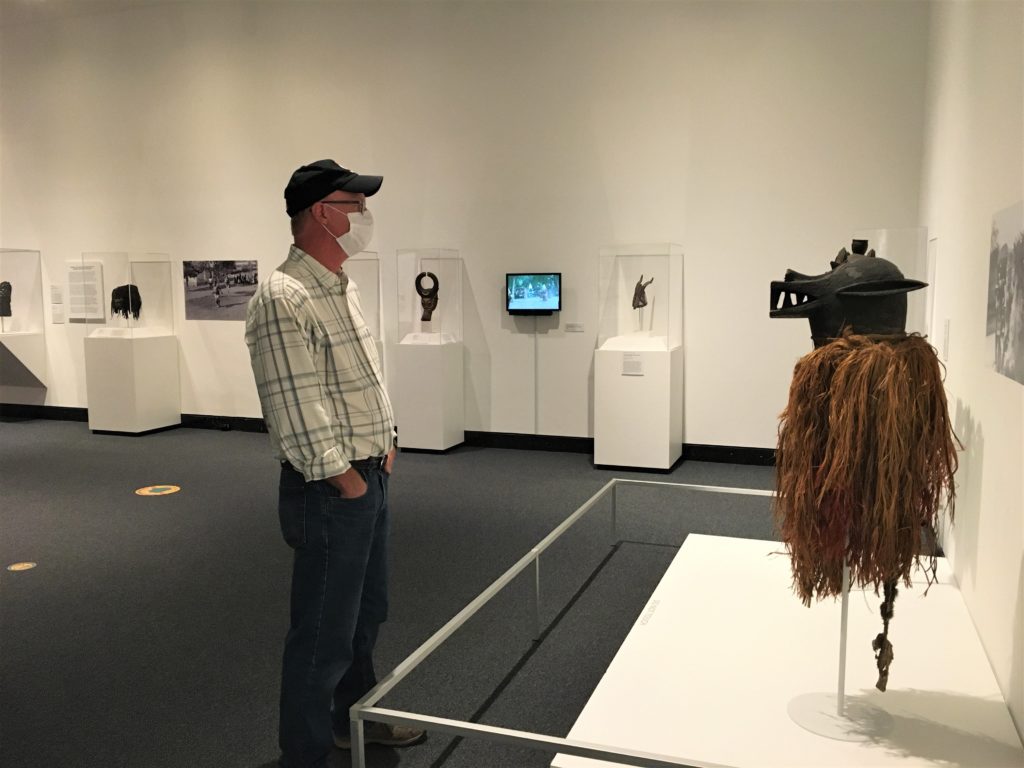

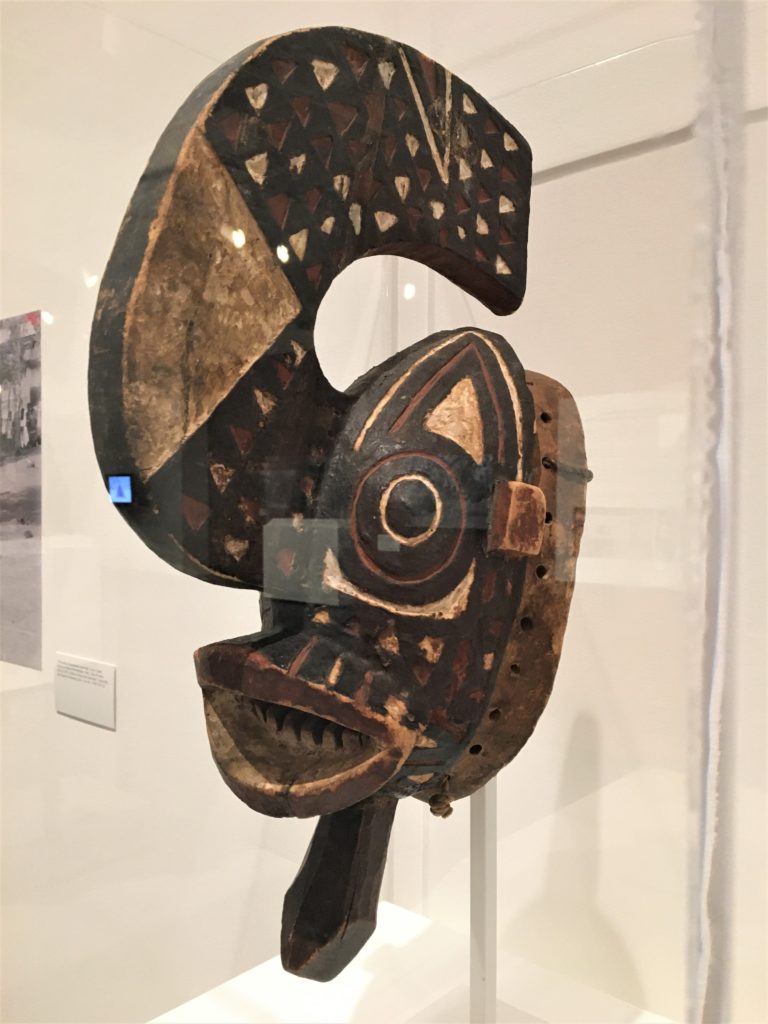


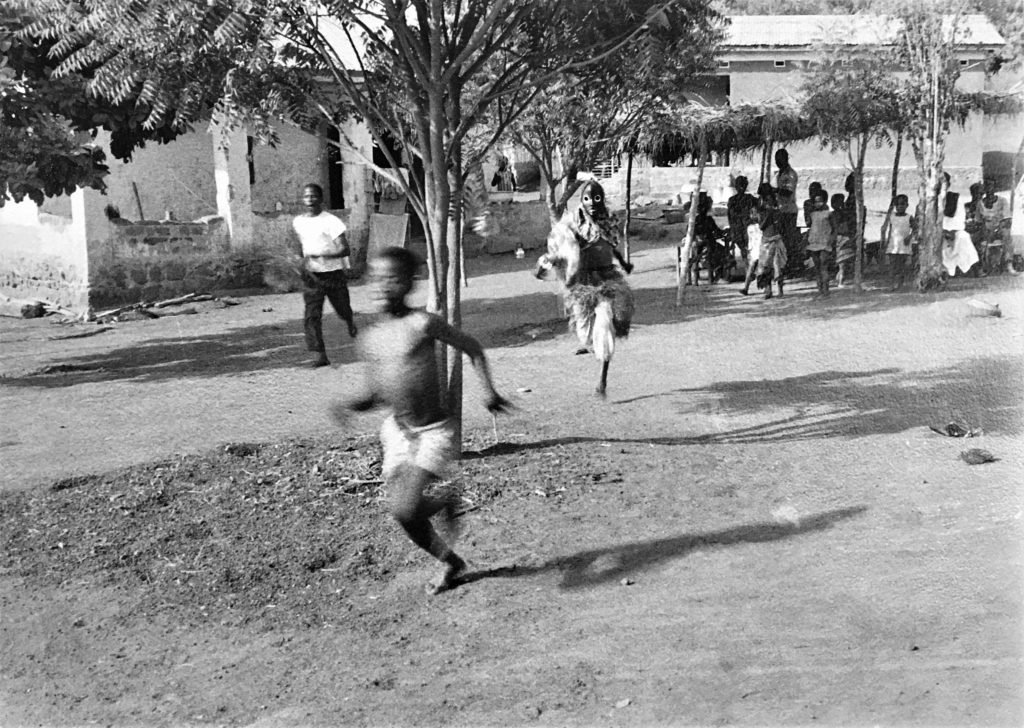

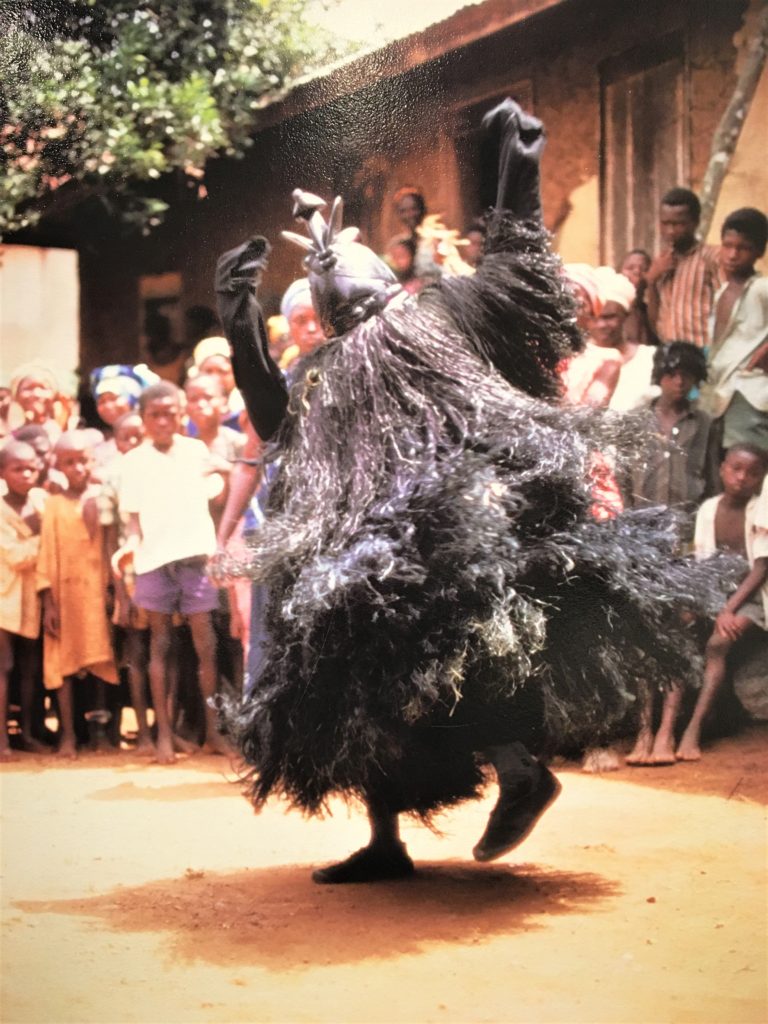




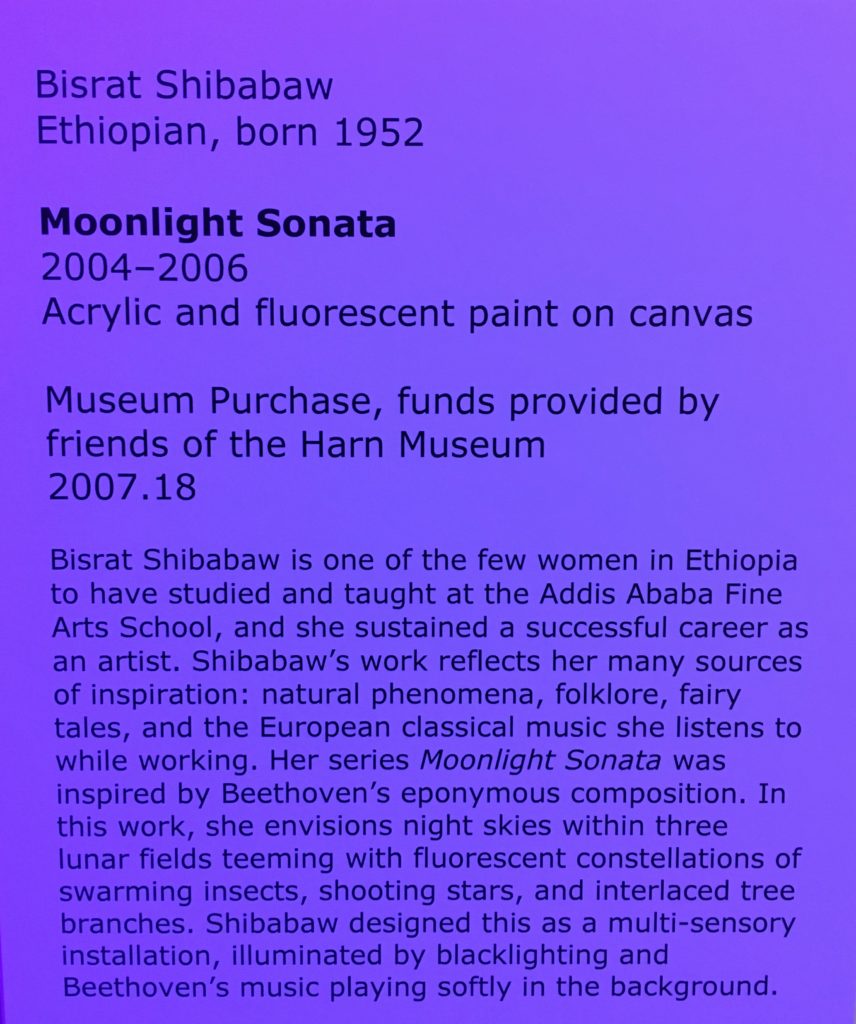
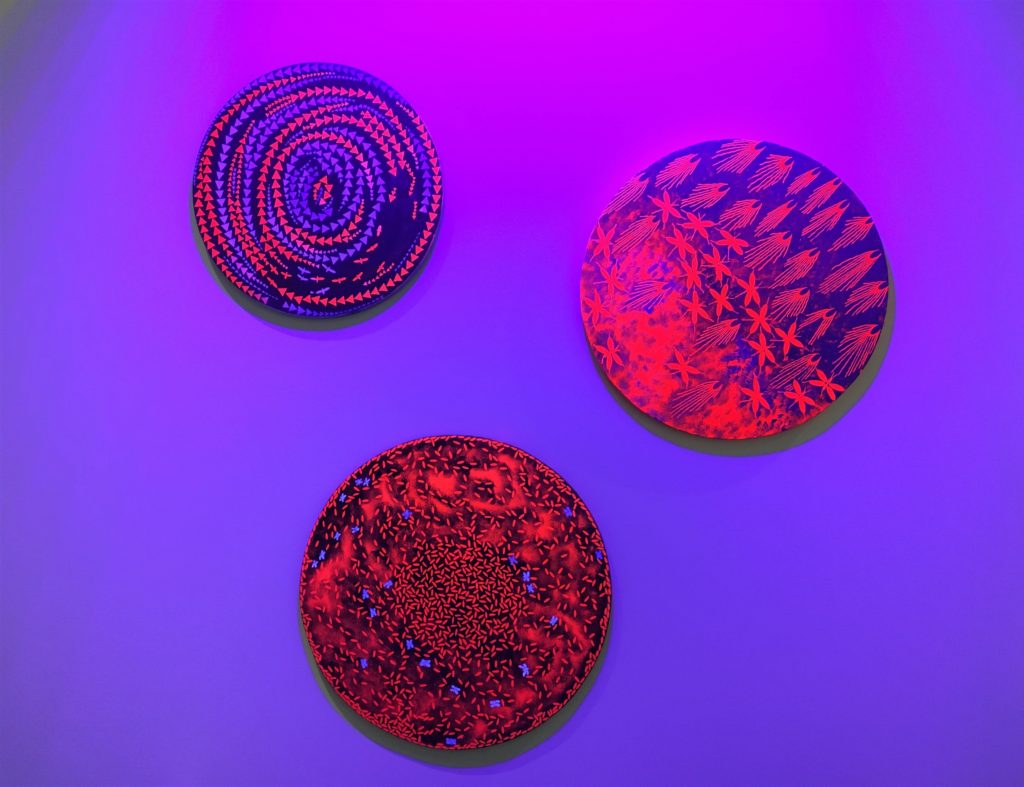
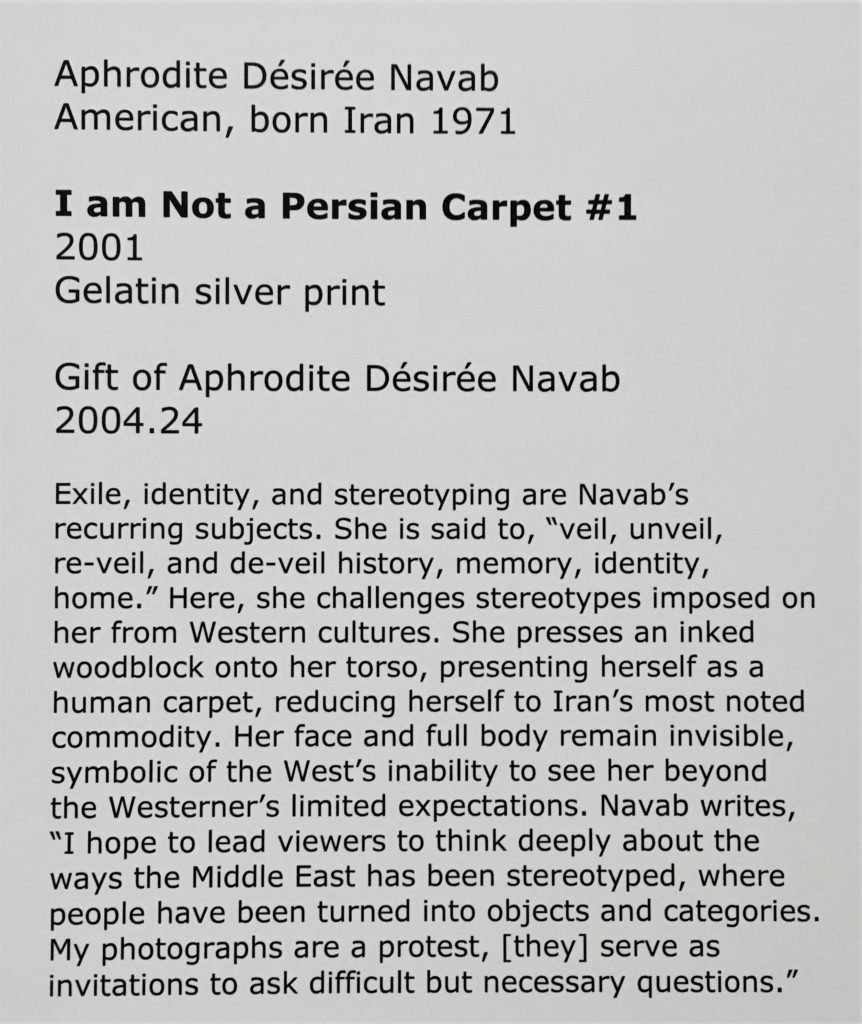
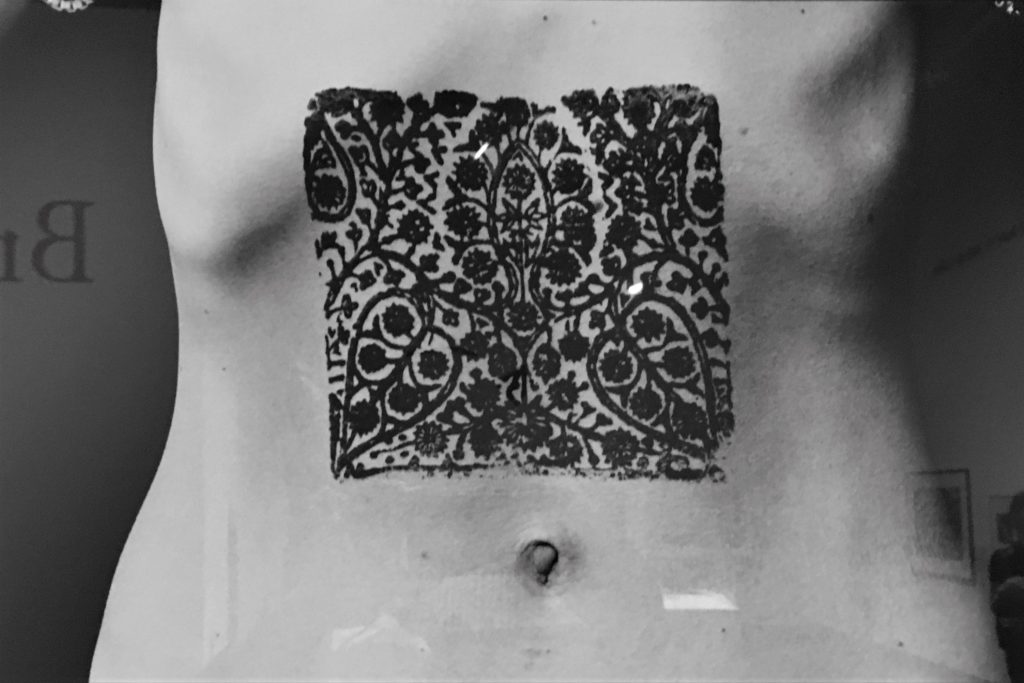
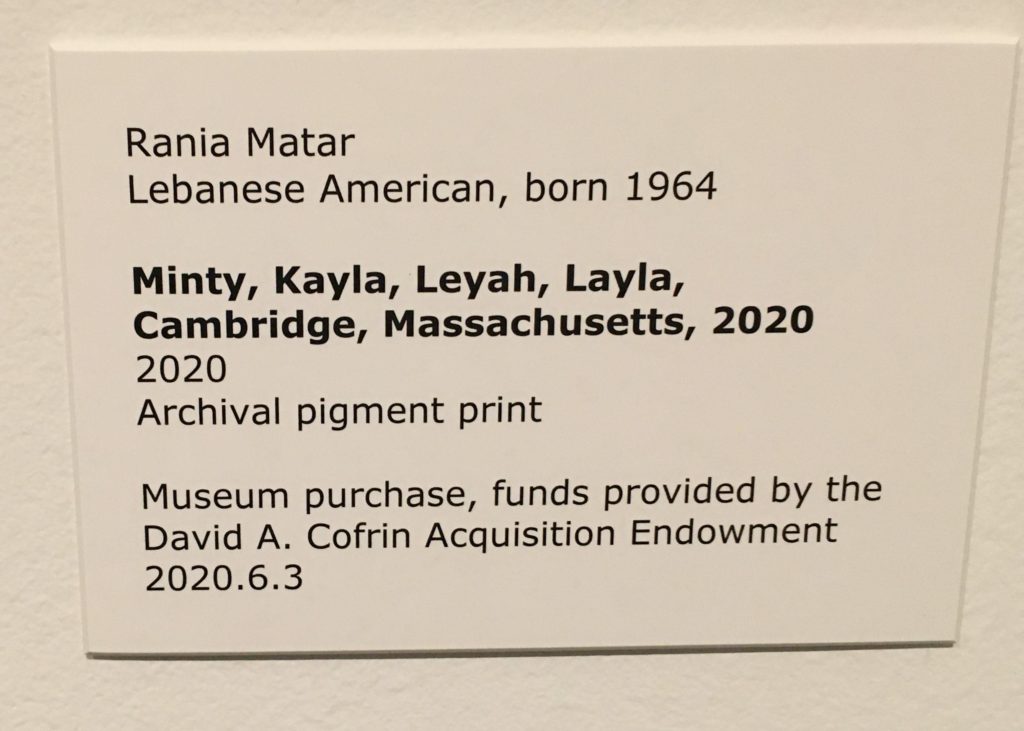


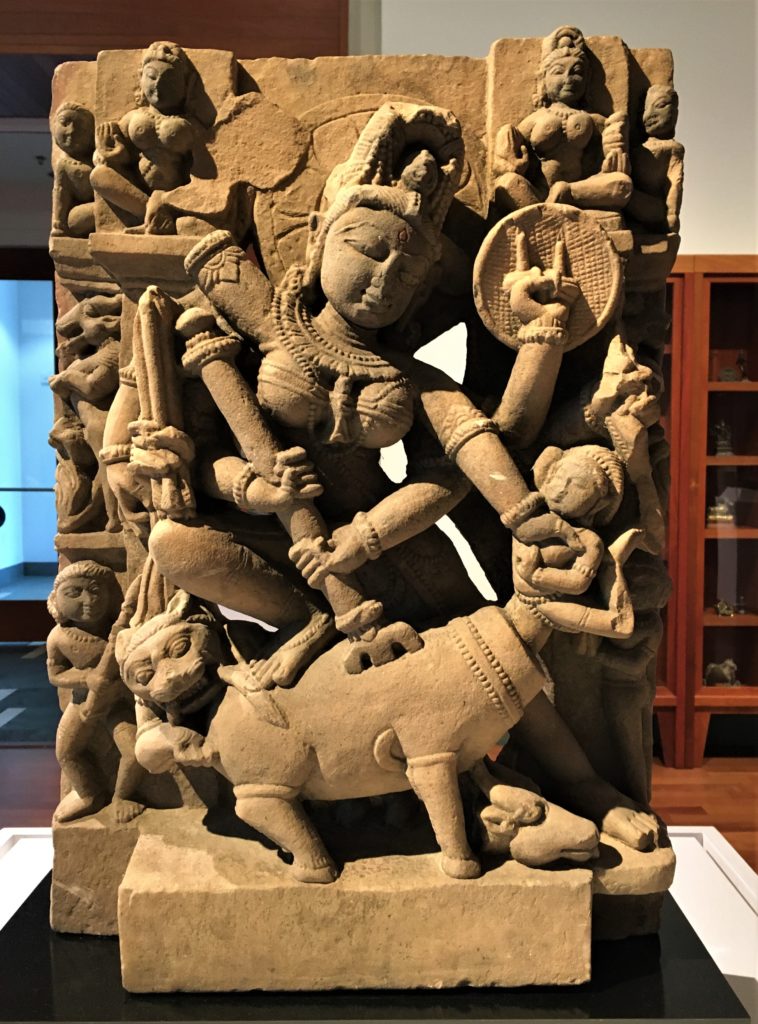
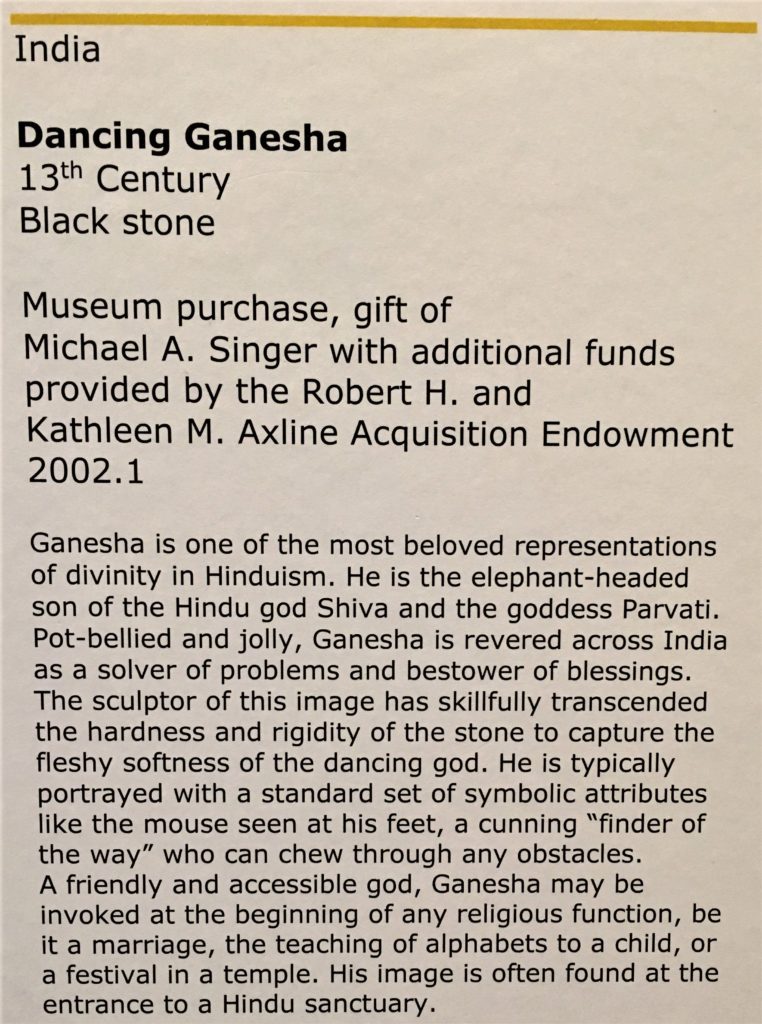

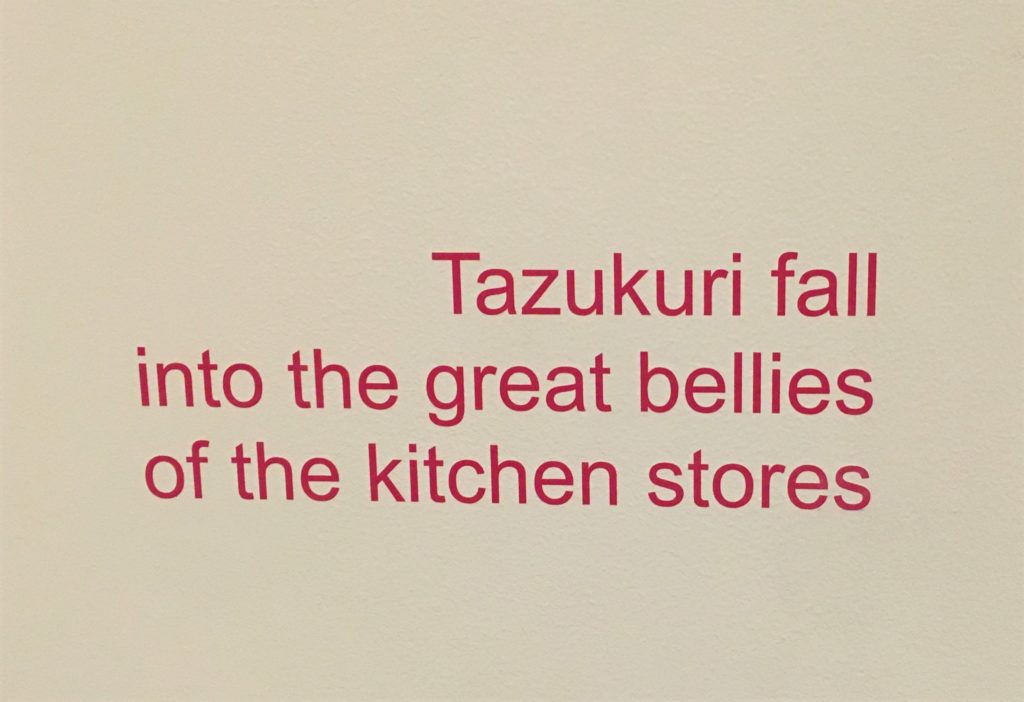

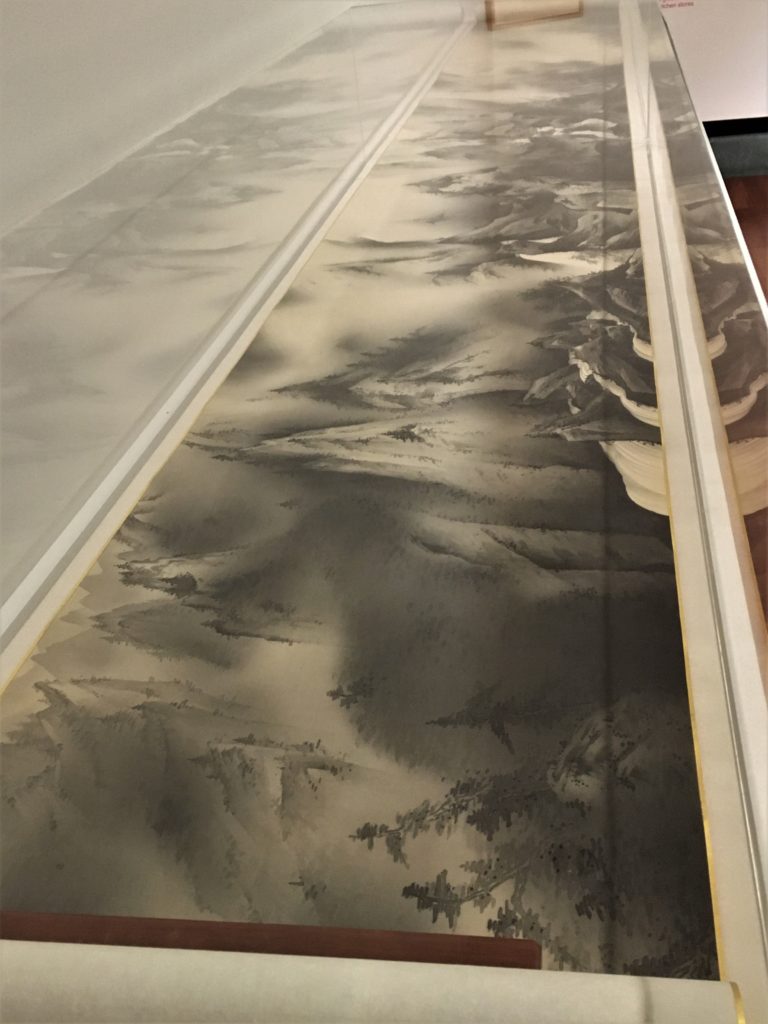

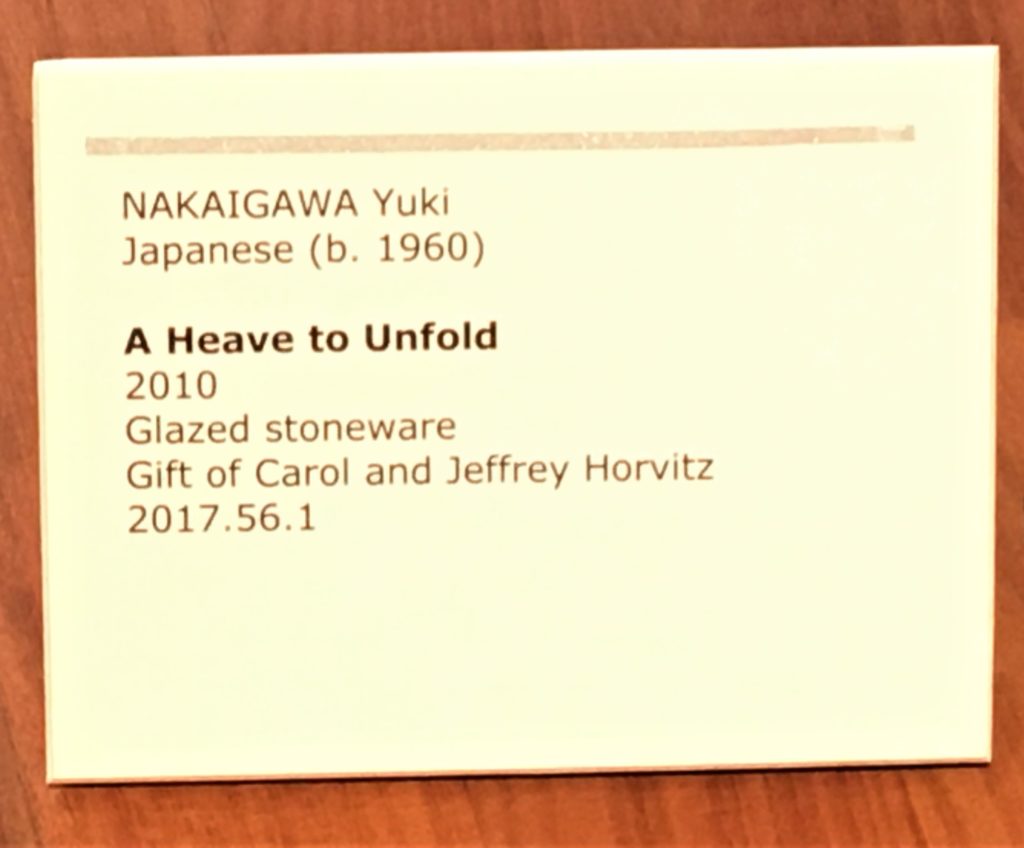
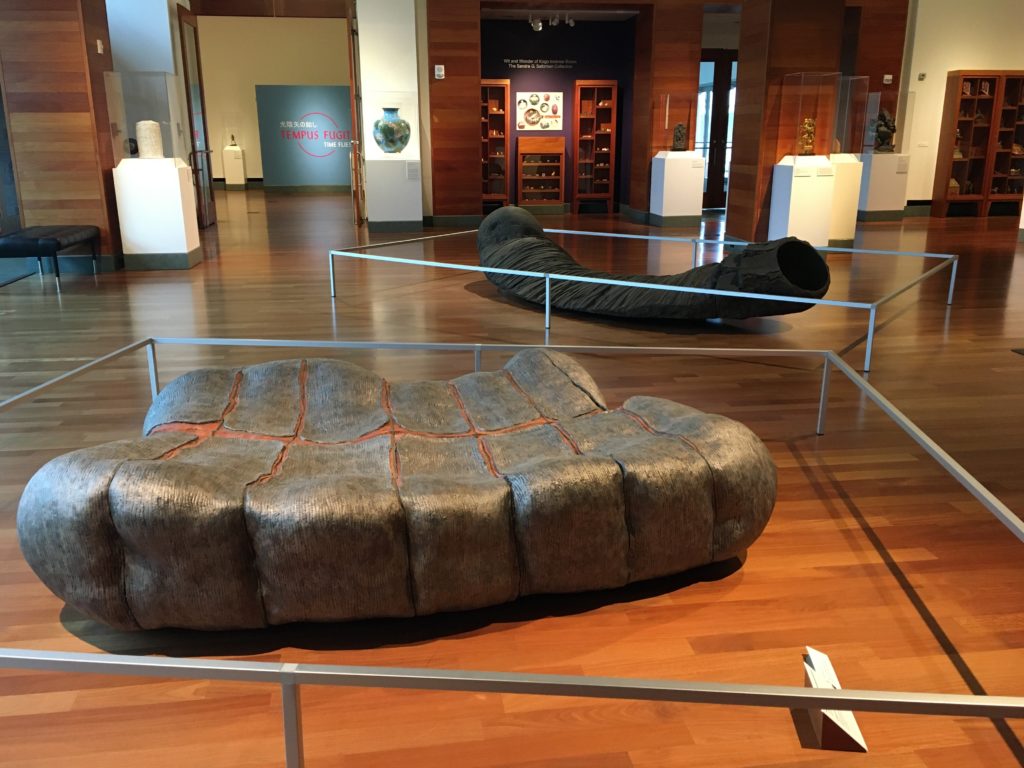
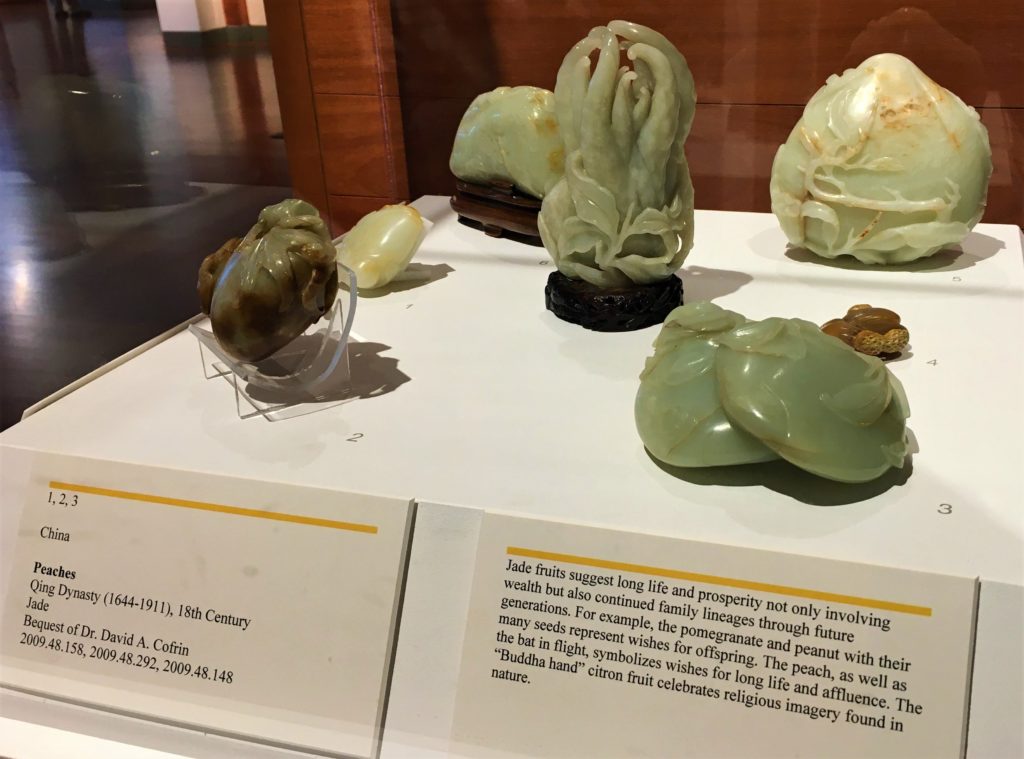


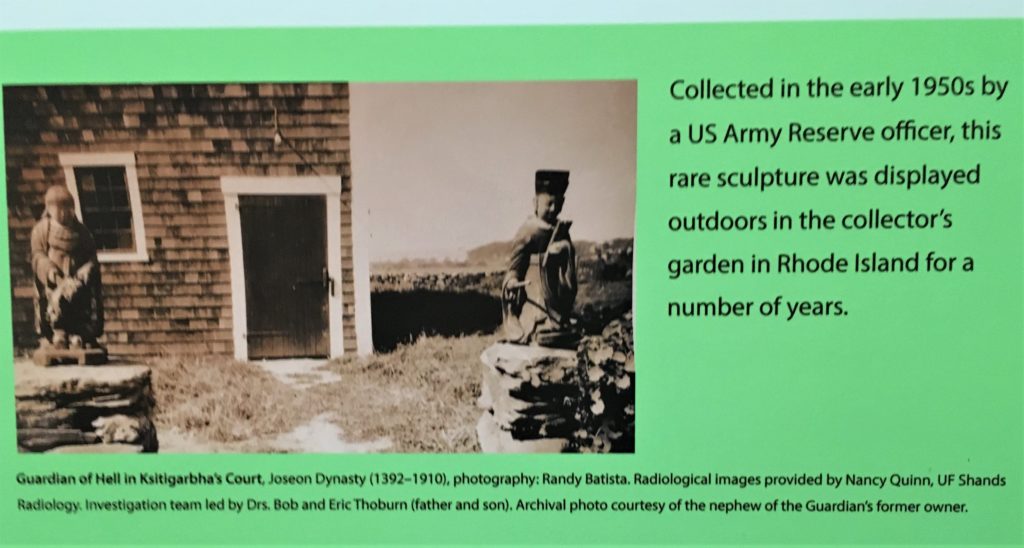

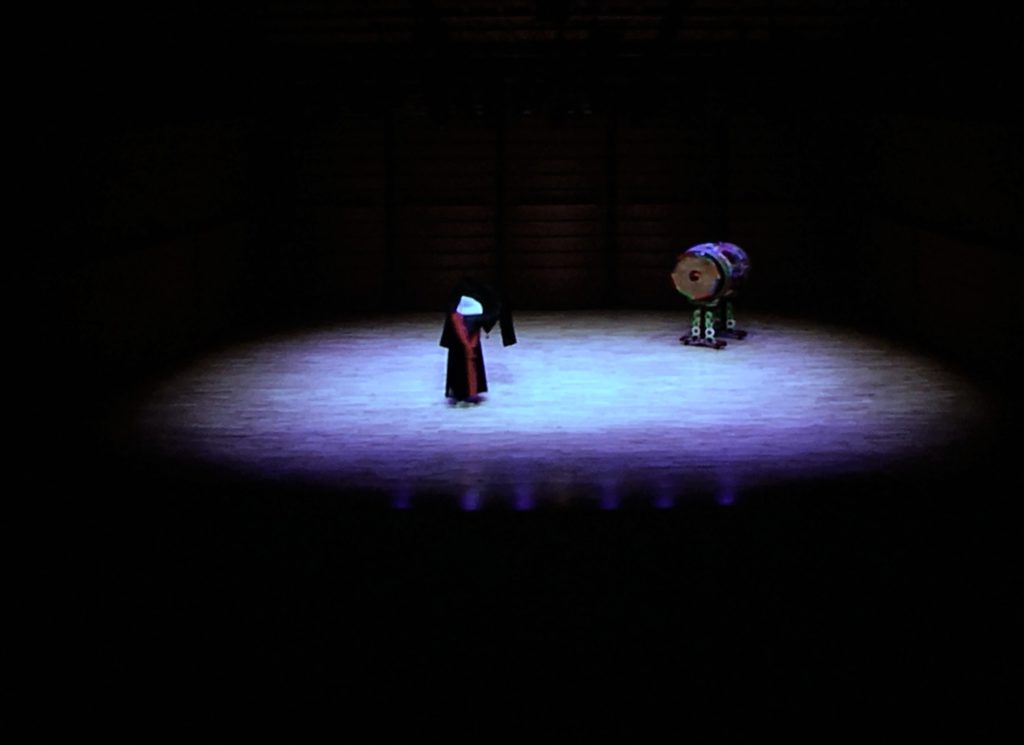
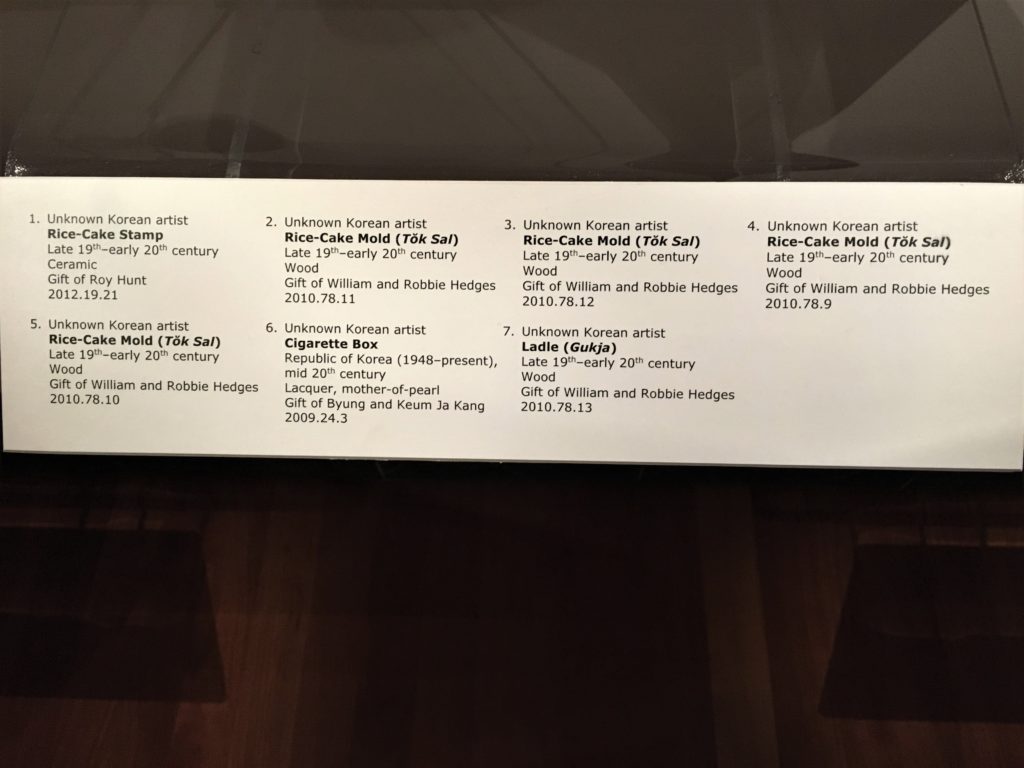
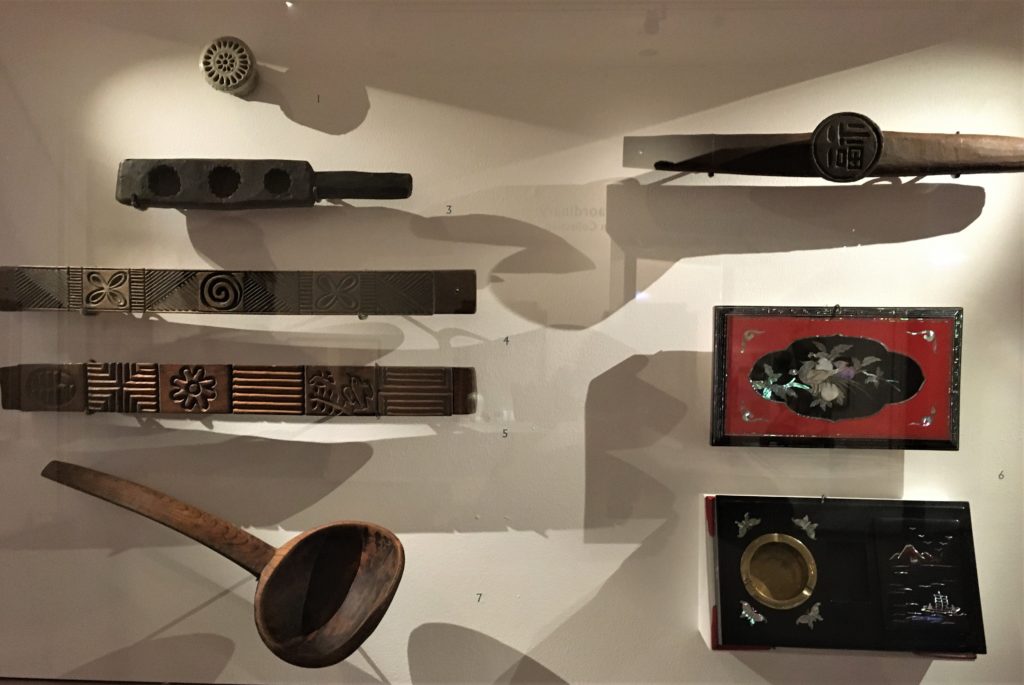
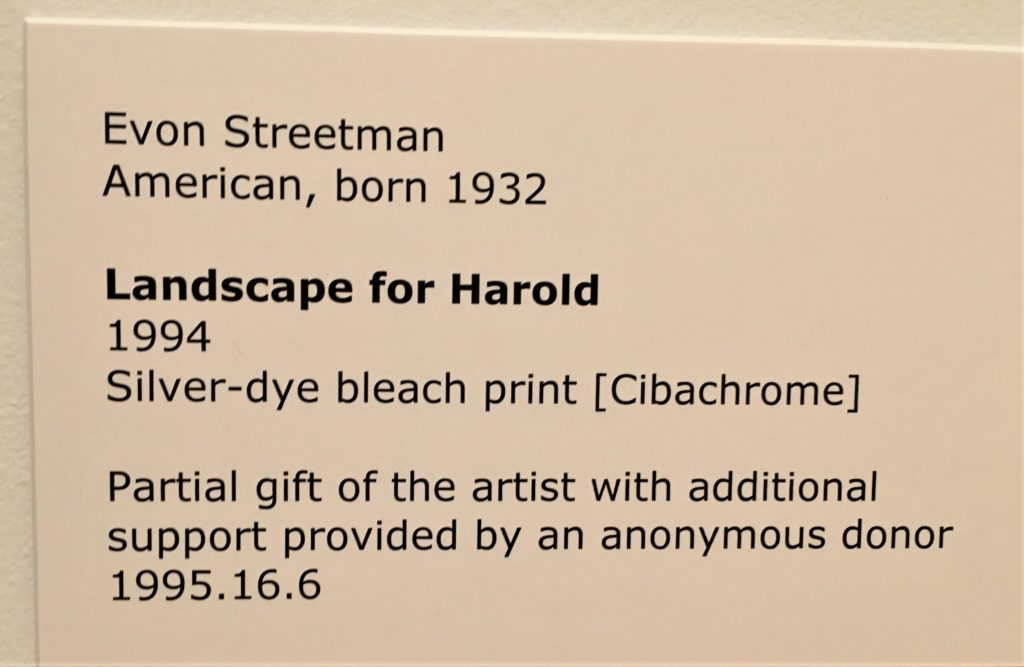
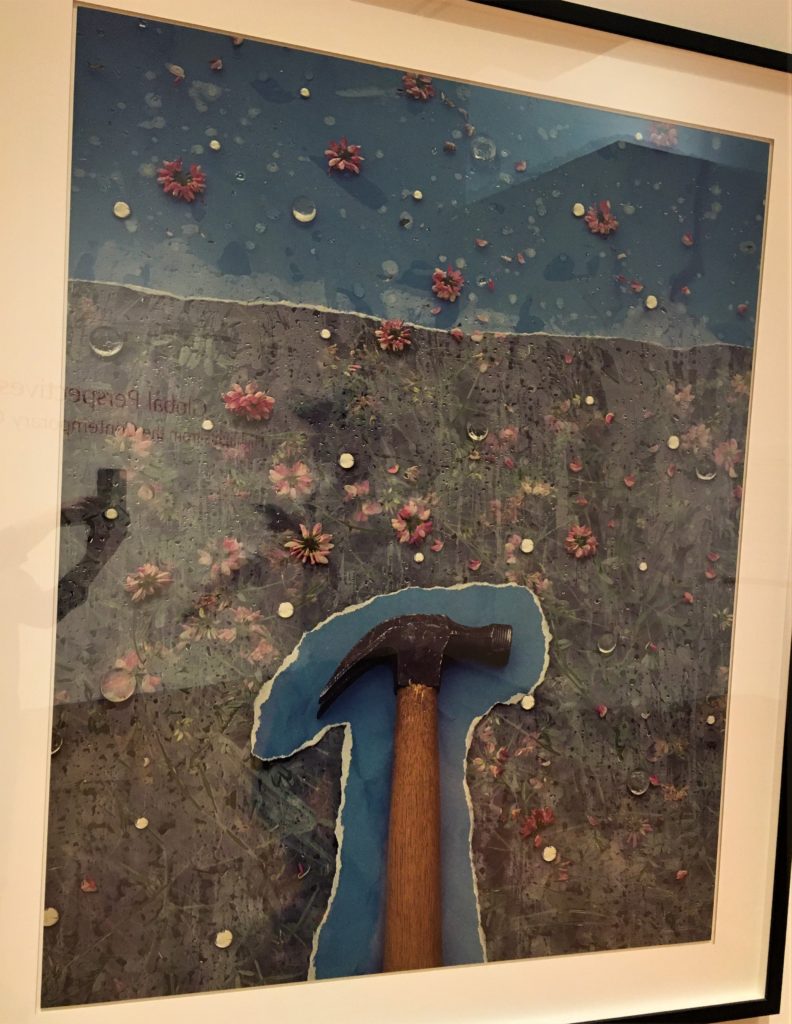
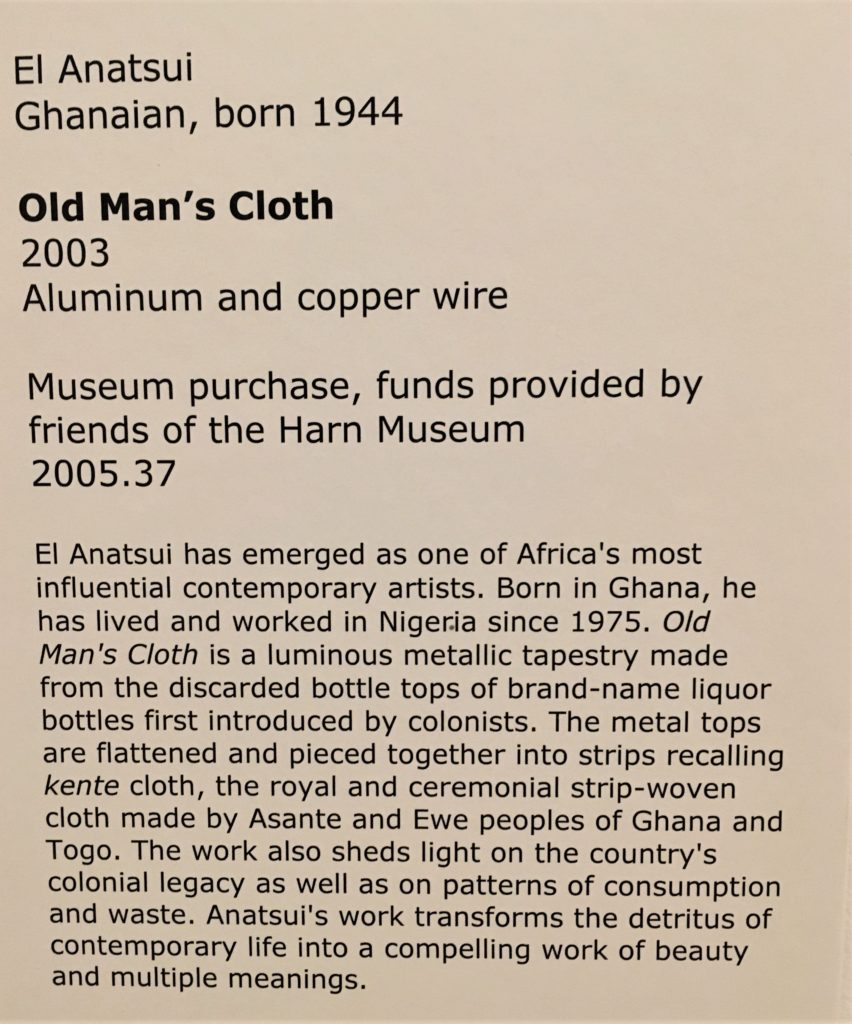
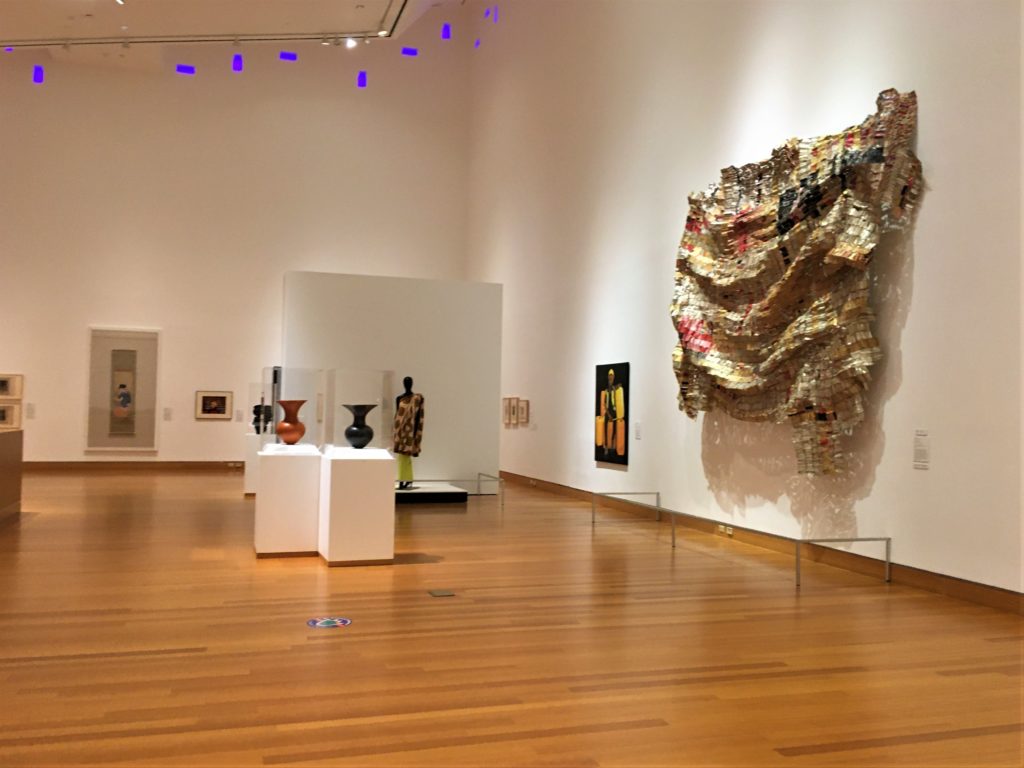
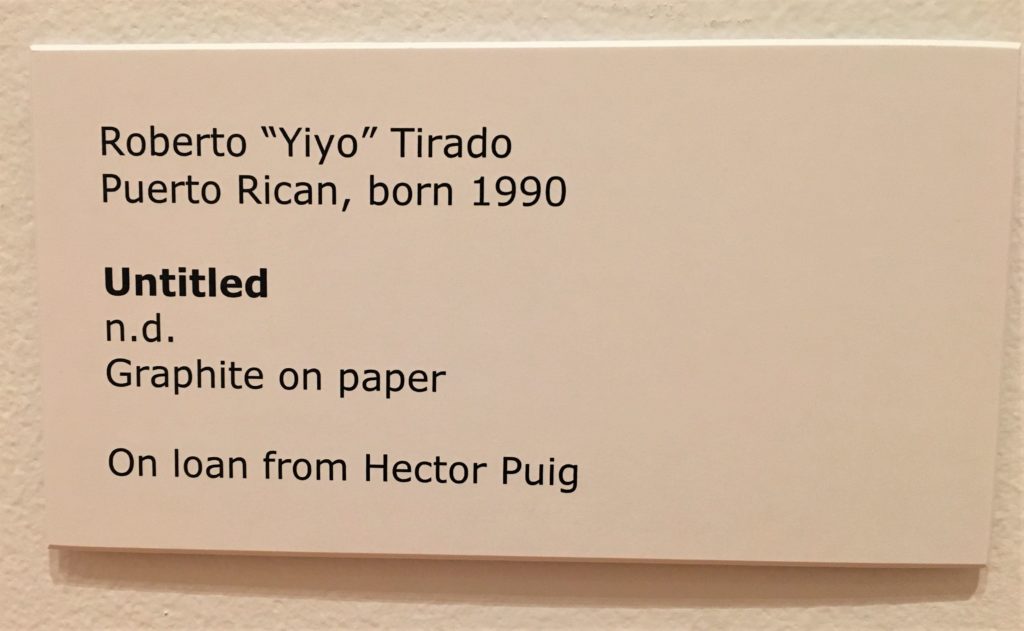
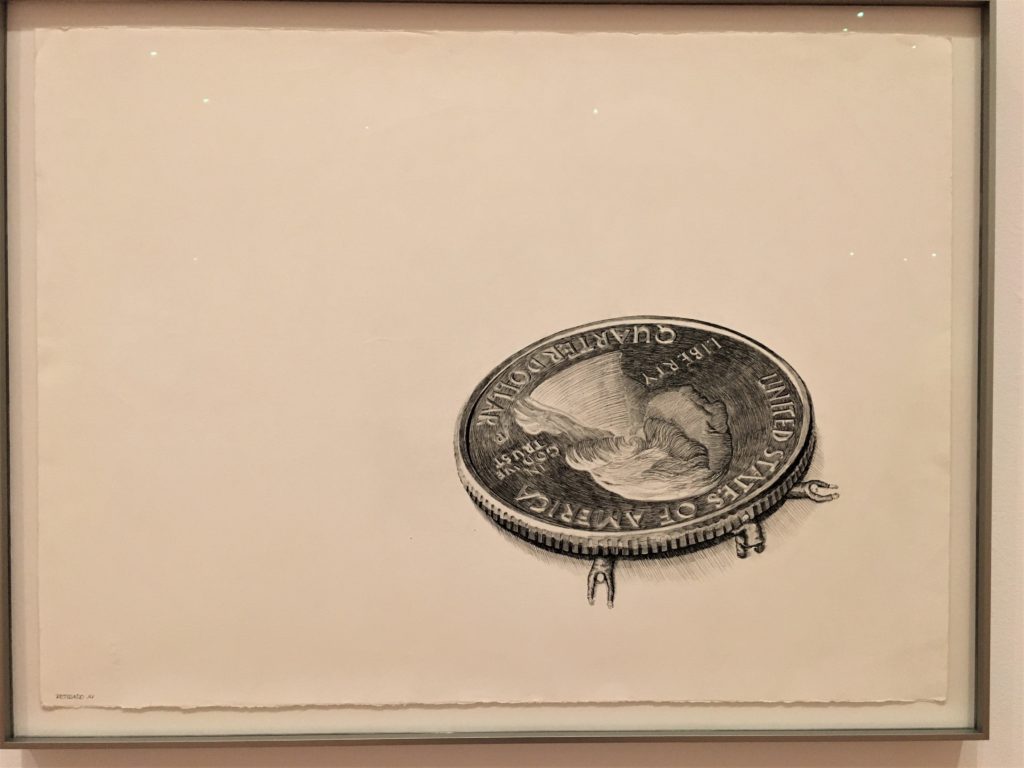
What is it supposed to be??
Once we were done absorbing culture, we stopped for lunch at Tortilla Flats. It was good, but nothing I couldn’t have made at home. Then there were a couple of other stops to make to look for items we needed, but no success. We’ll have to look in the Ocala area; our next stop.

It was time to get some real exercise, and Blaine had located a great place for that – Sweetwater Wetlands State Park. It was a beautiful place with over 3-miles of wide path to walk on.
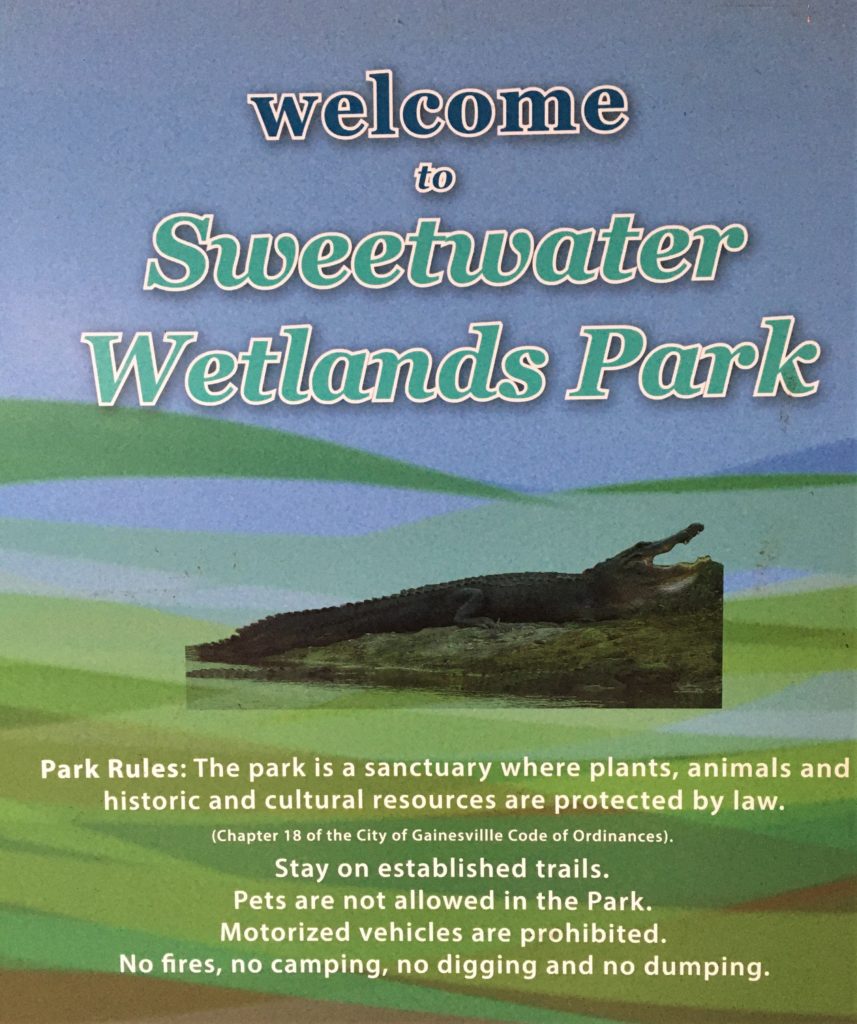
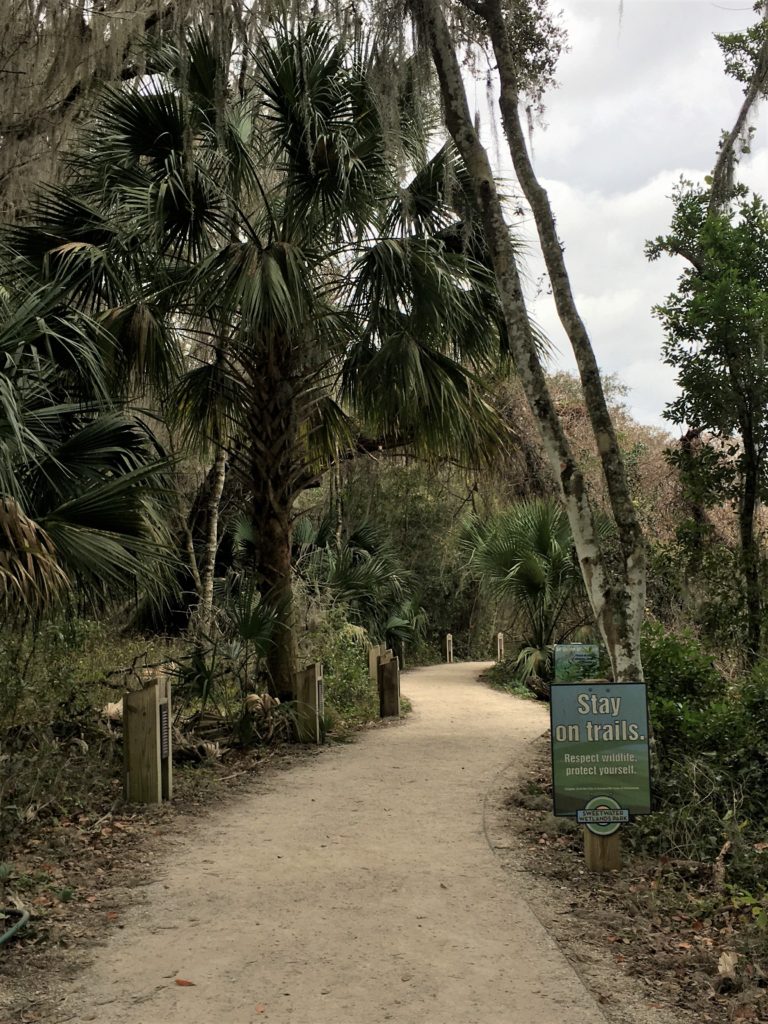
A few paces in, we came to this sign. . .

The whole sign??
Now we were really excited!!!
Ha! We should’ve known better. There were none to be seen. Back home, I tried to look them up, and found that the horses were wild Florida Cracker horses, but the articles were from 2-3 years ago, and nothing mentioned them not being around anymore. And I uncovered nothing about bison here. Hmmmm . . . .
Here’s what we DID see:
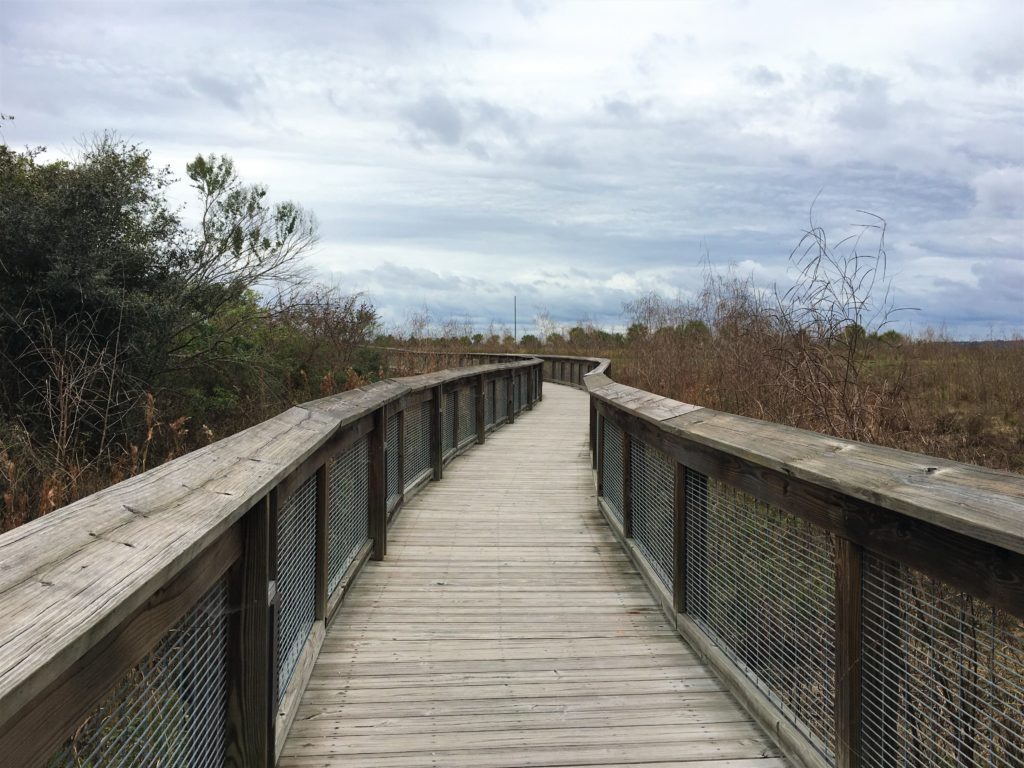

We’ll be over there eventually.
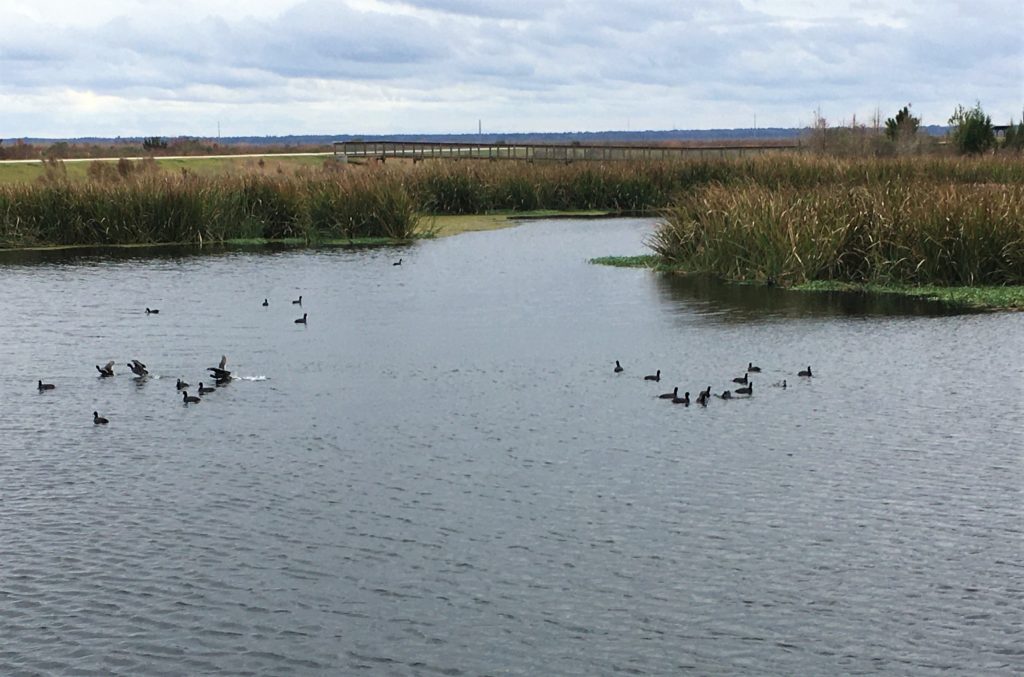
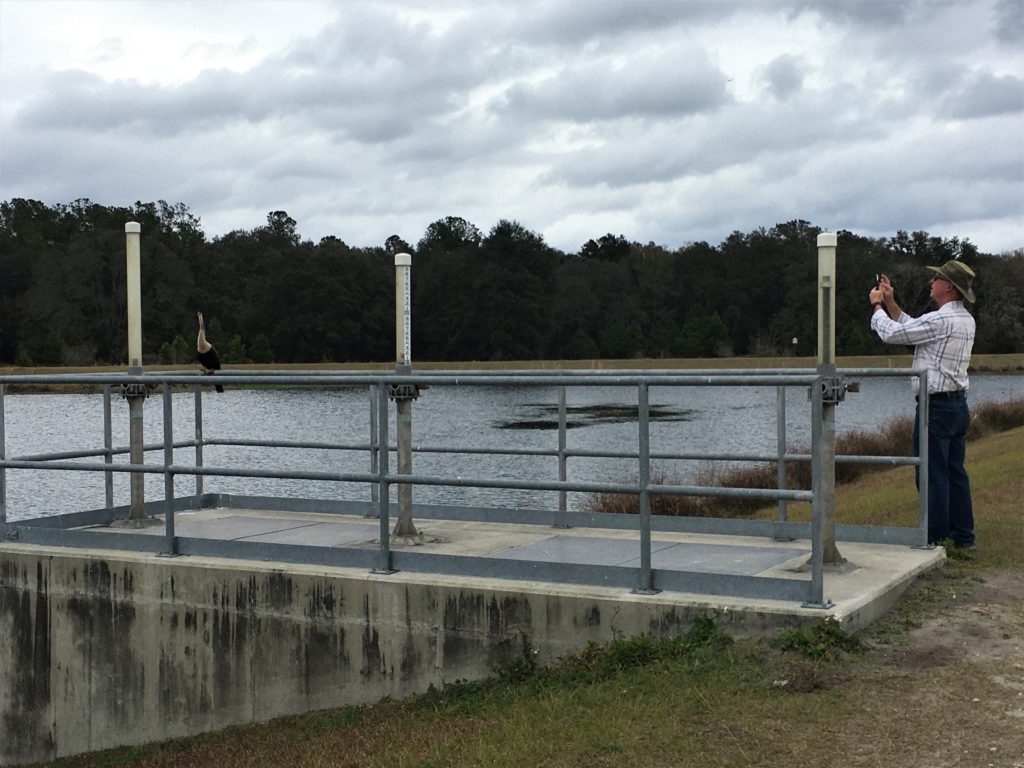
A female Anhinga!
Go take a picture!

And he did! 
Two even!
And all the female’s brown feathers (which look more like fur) stop at the same place.
Isn’t God marvelous?!?

Beautiful, isn’t it?




They didn’t seem too awfully concerned about sharing the path with us.
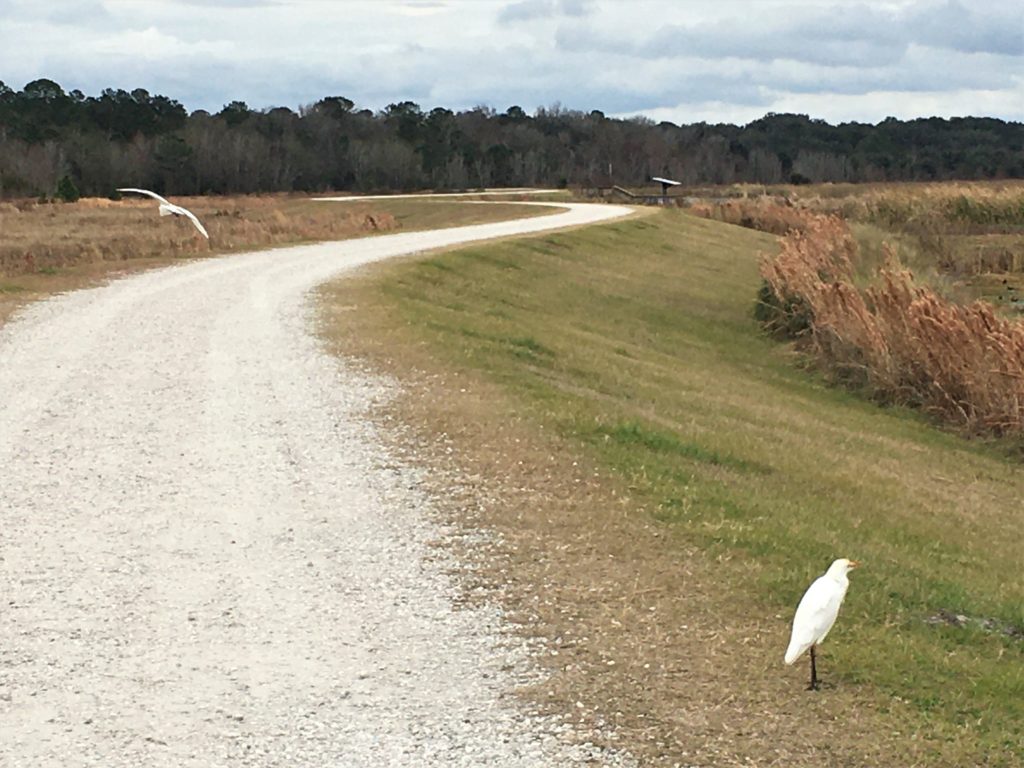


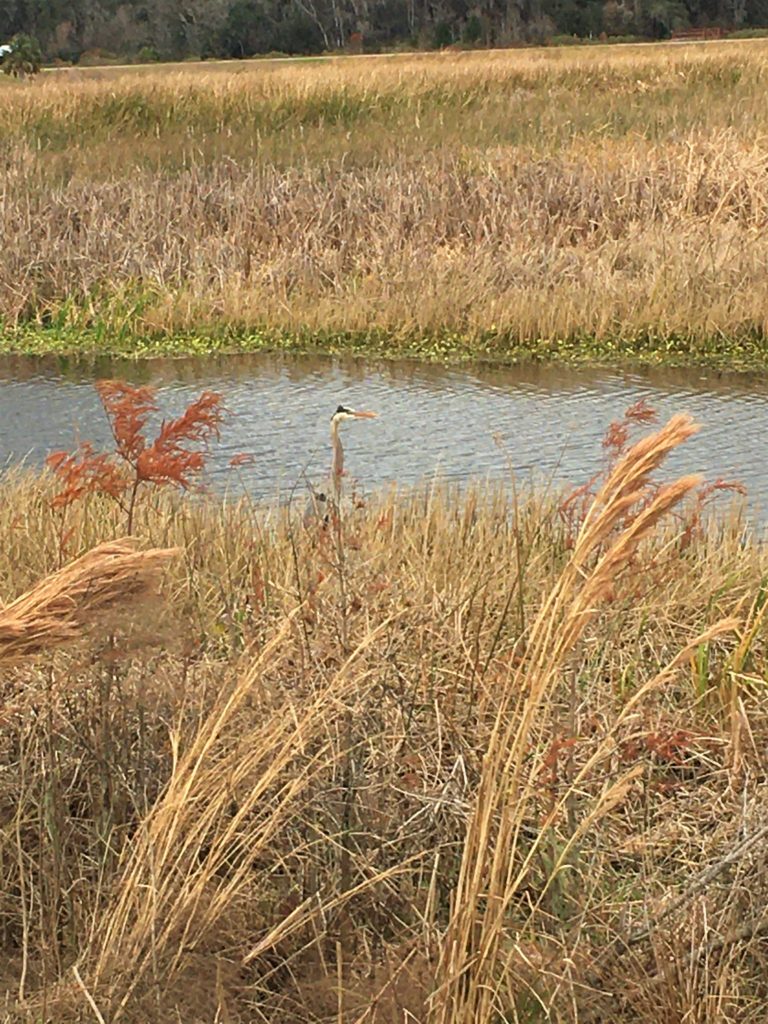

And no, they weren’t kissing . . . ; )
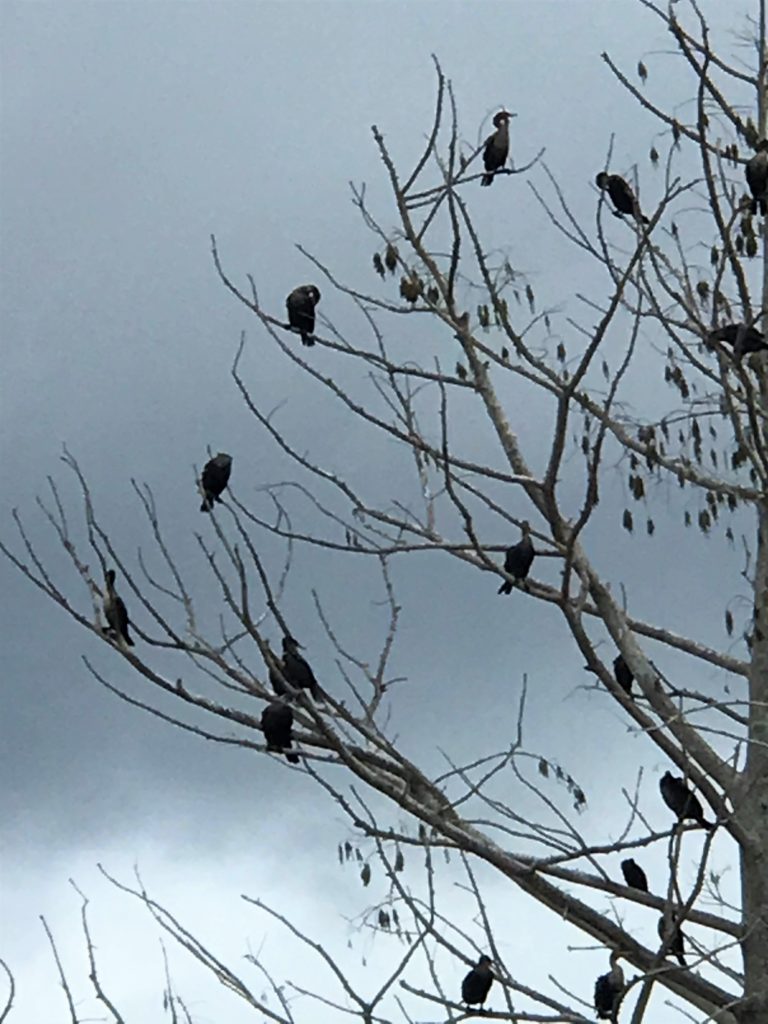
Three strikes and we’re out – – there were no bats, no bison, and no wild horses today.
But it was still a marvelously wonderful day, filled with knowledge and beauty, all gifts from our heavenly Father!
And speaking of the Father’s gifts . . .
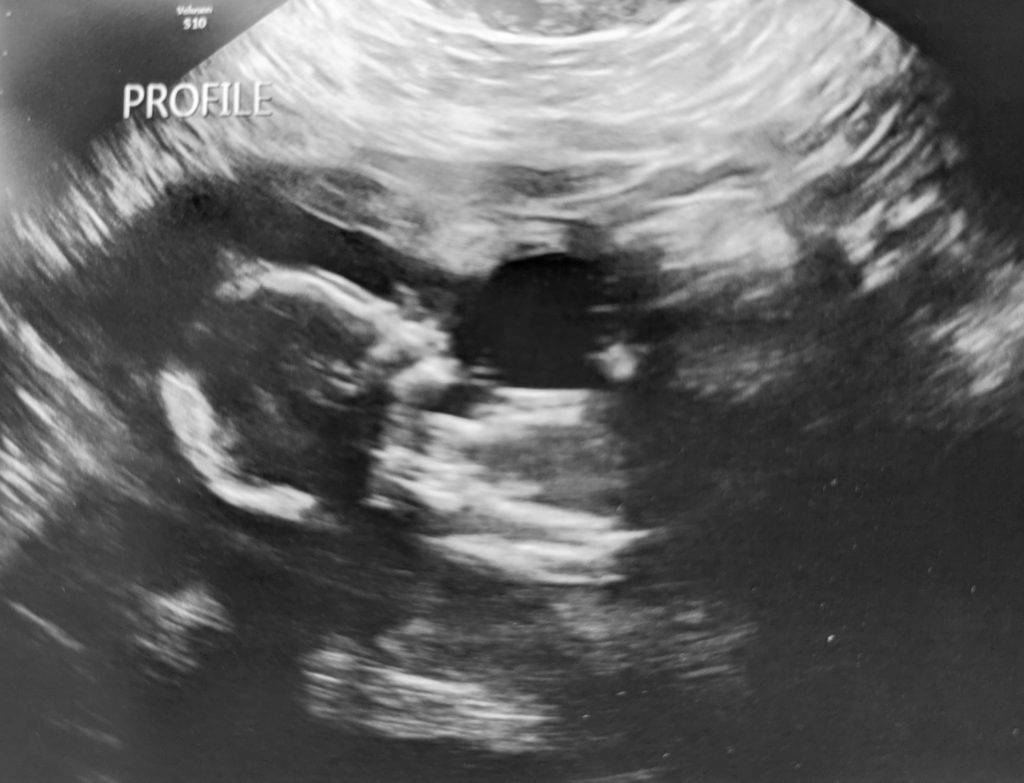
I’ll help you out because we needed help. : )
The head is on the left under the word ‘profile’. He’s lying on his back.
Weird looking, but miraculous!
